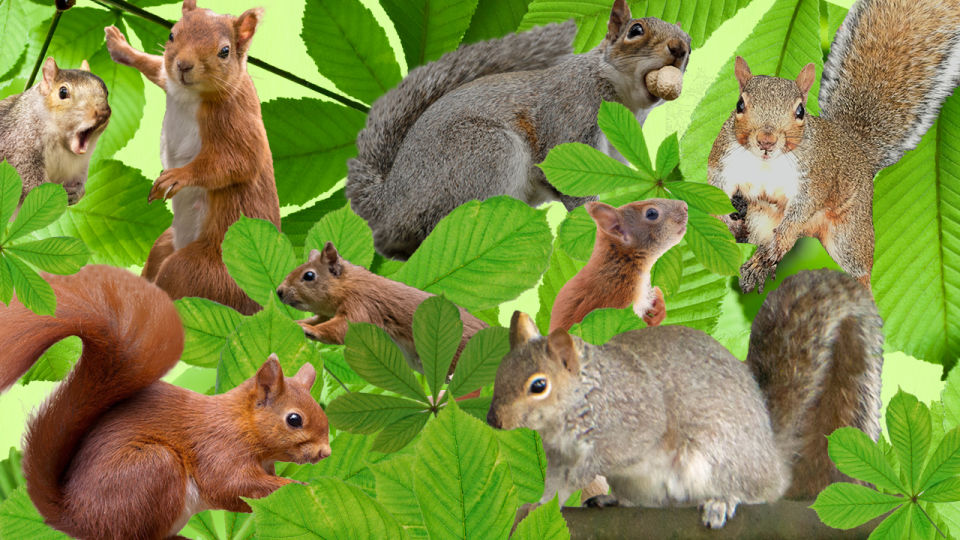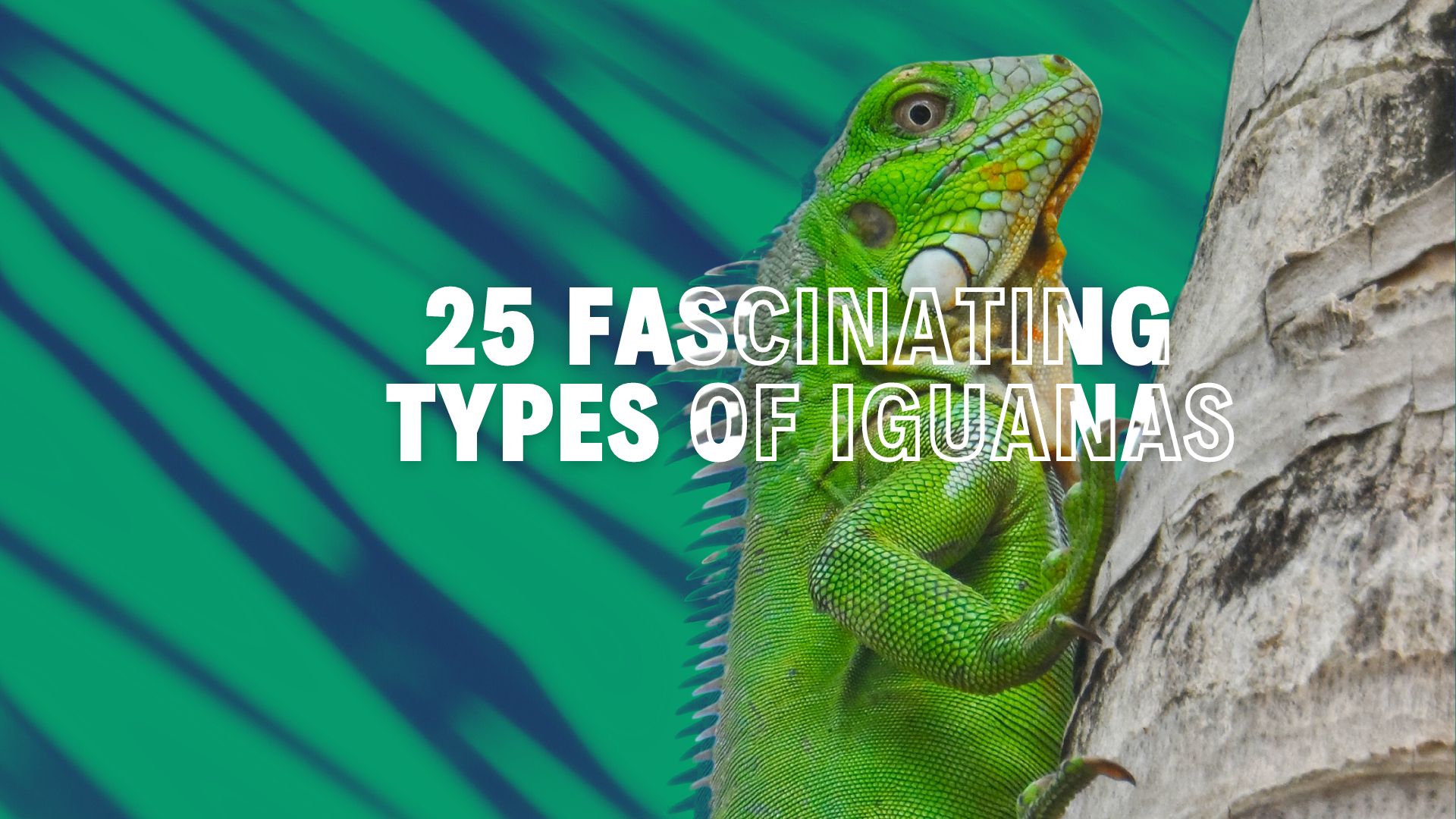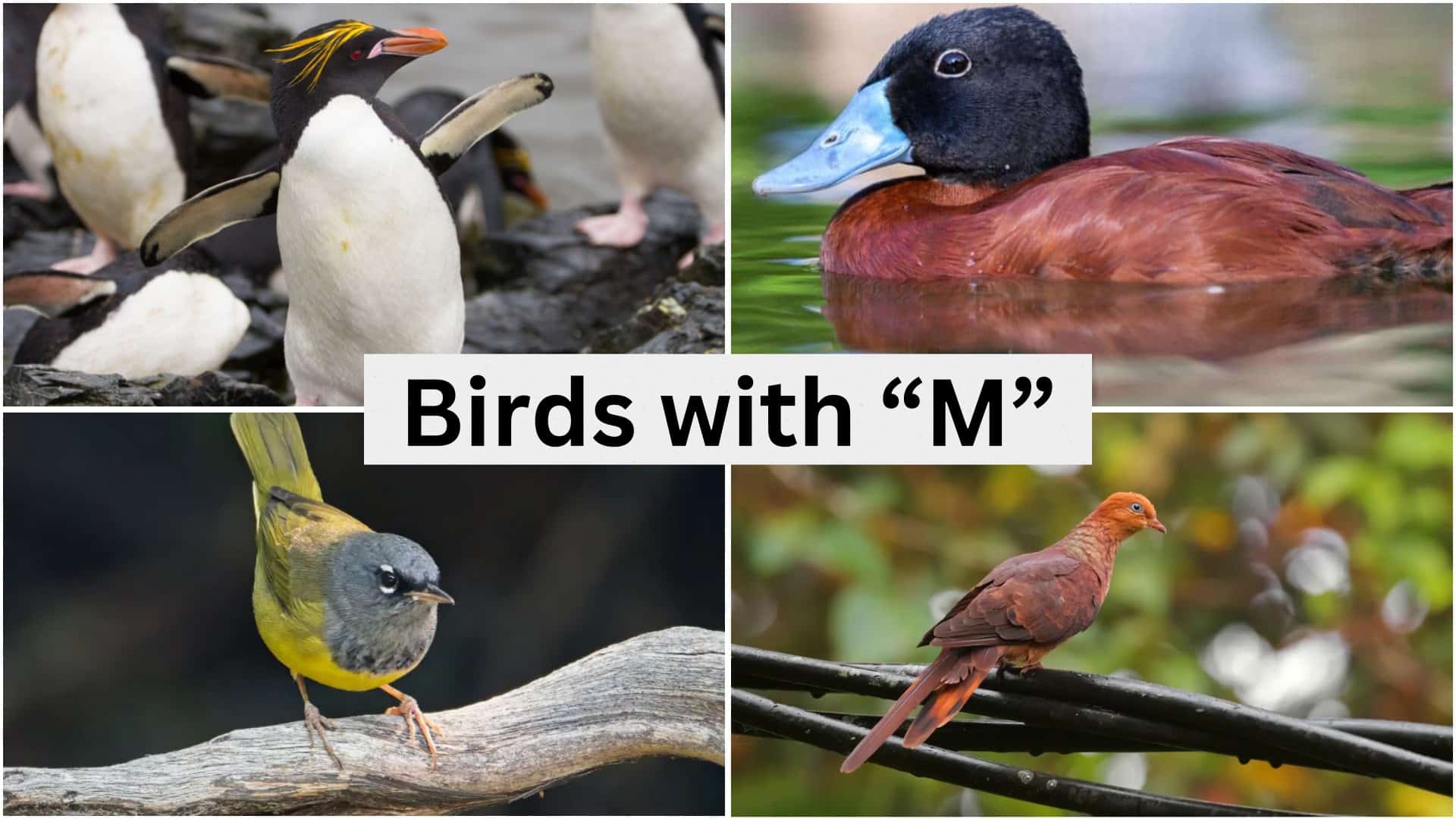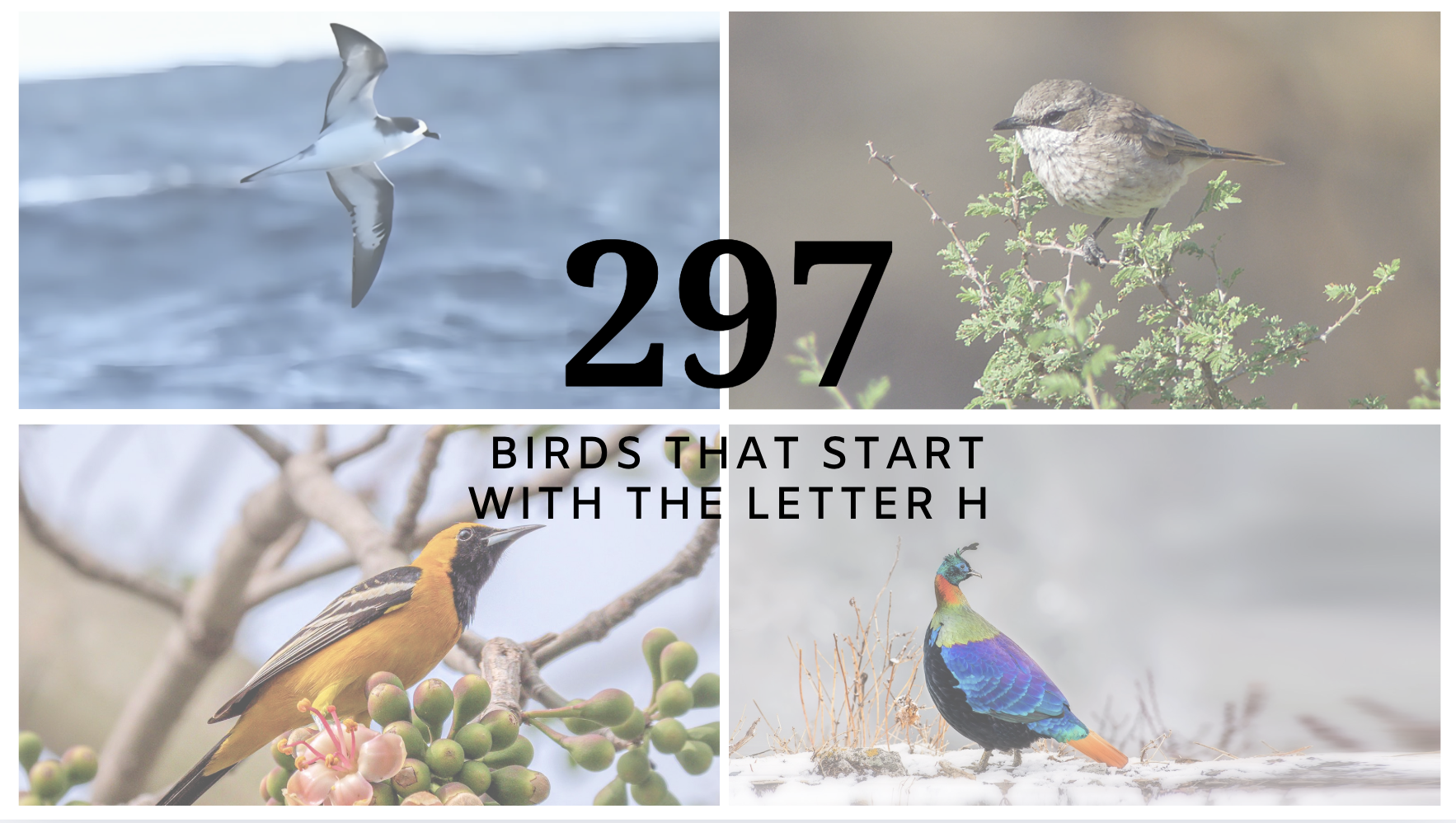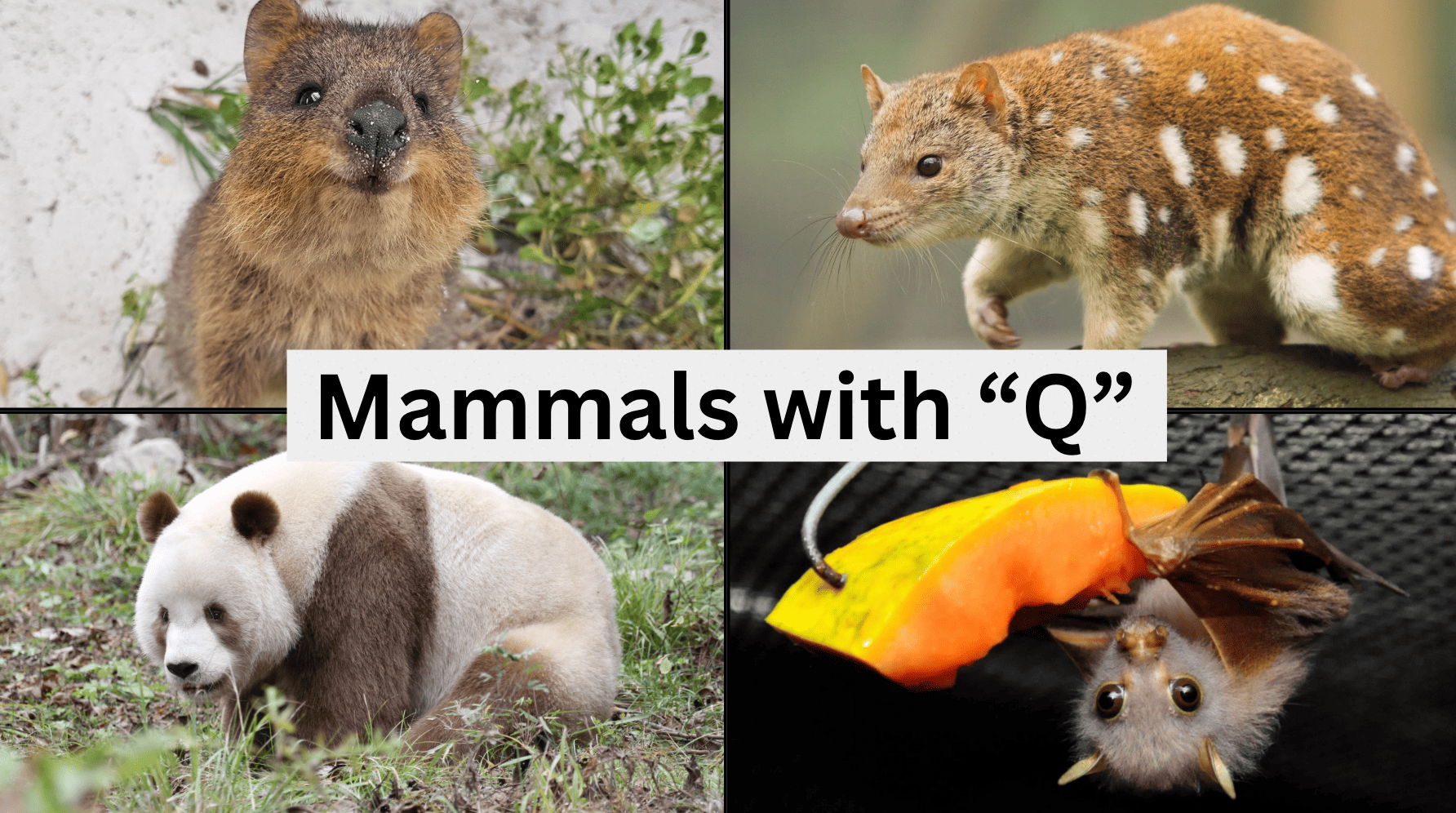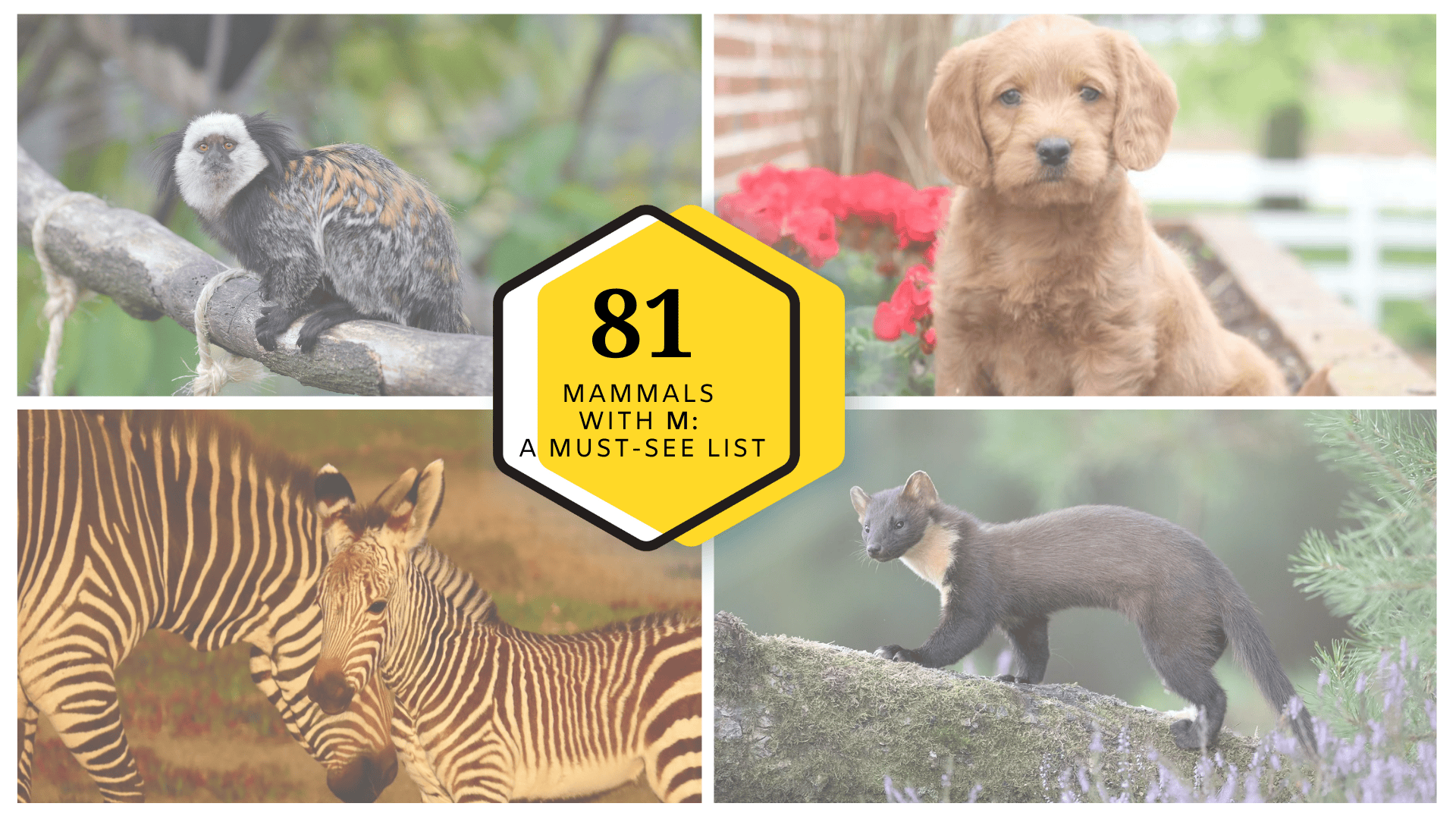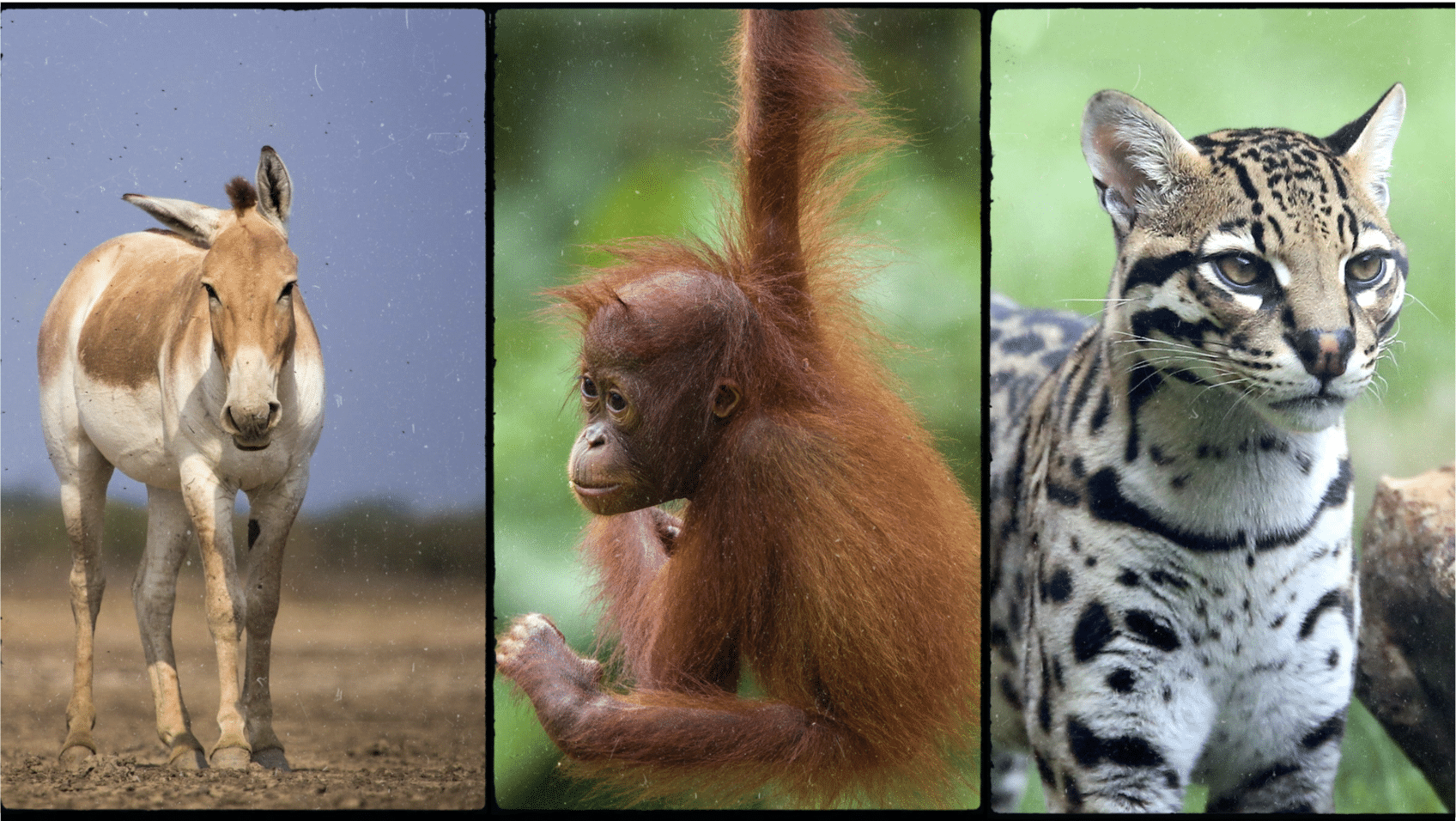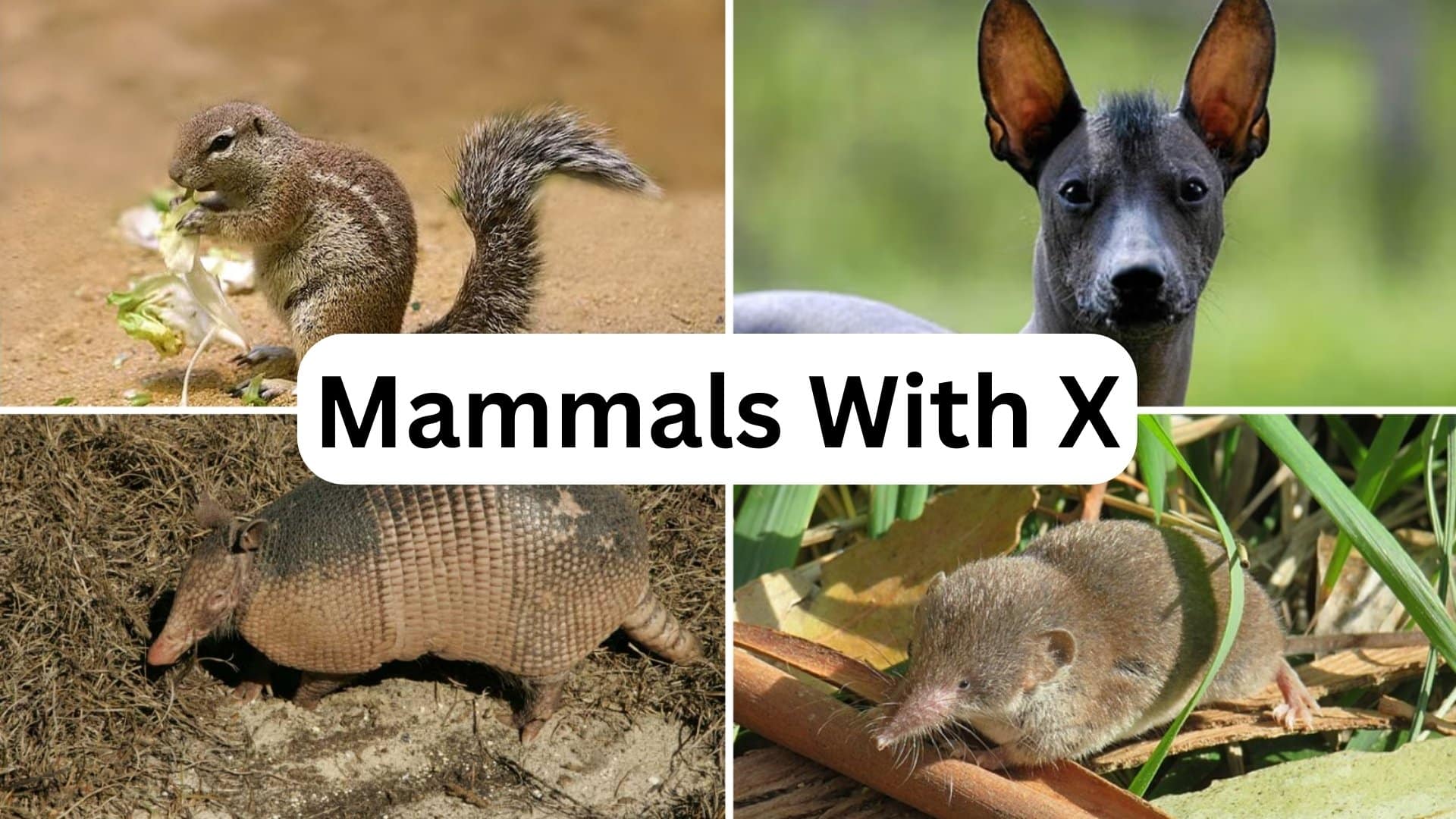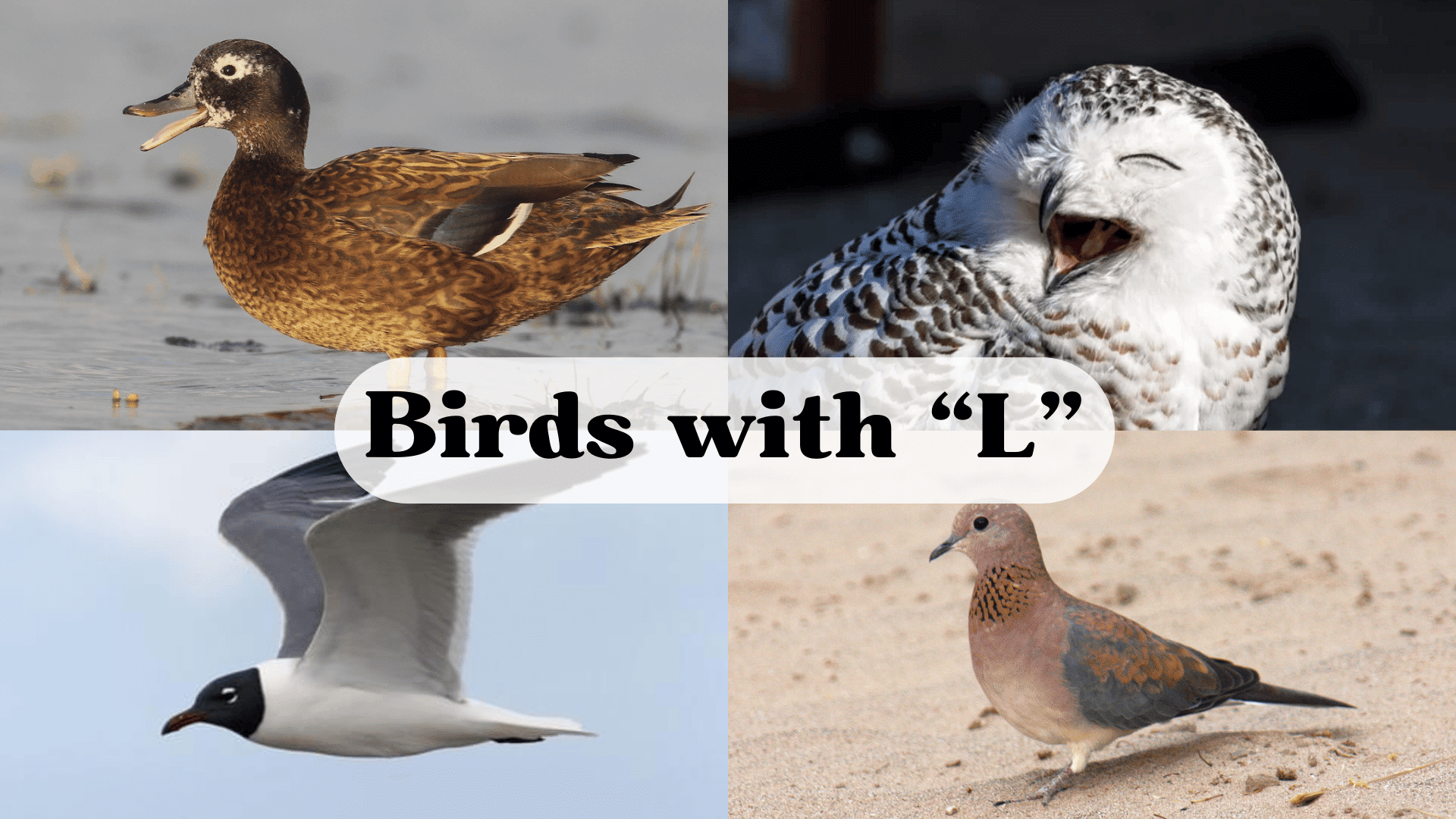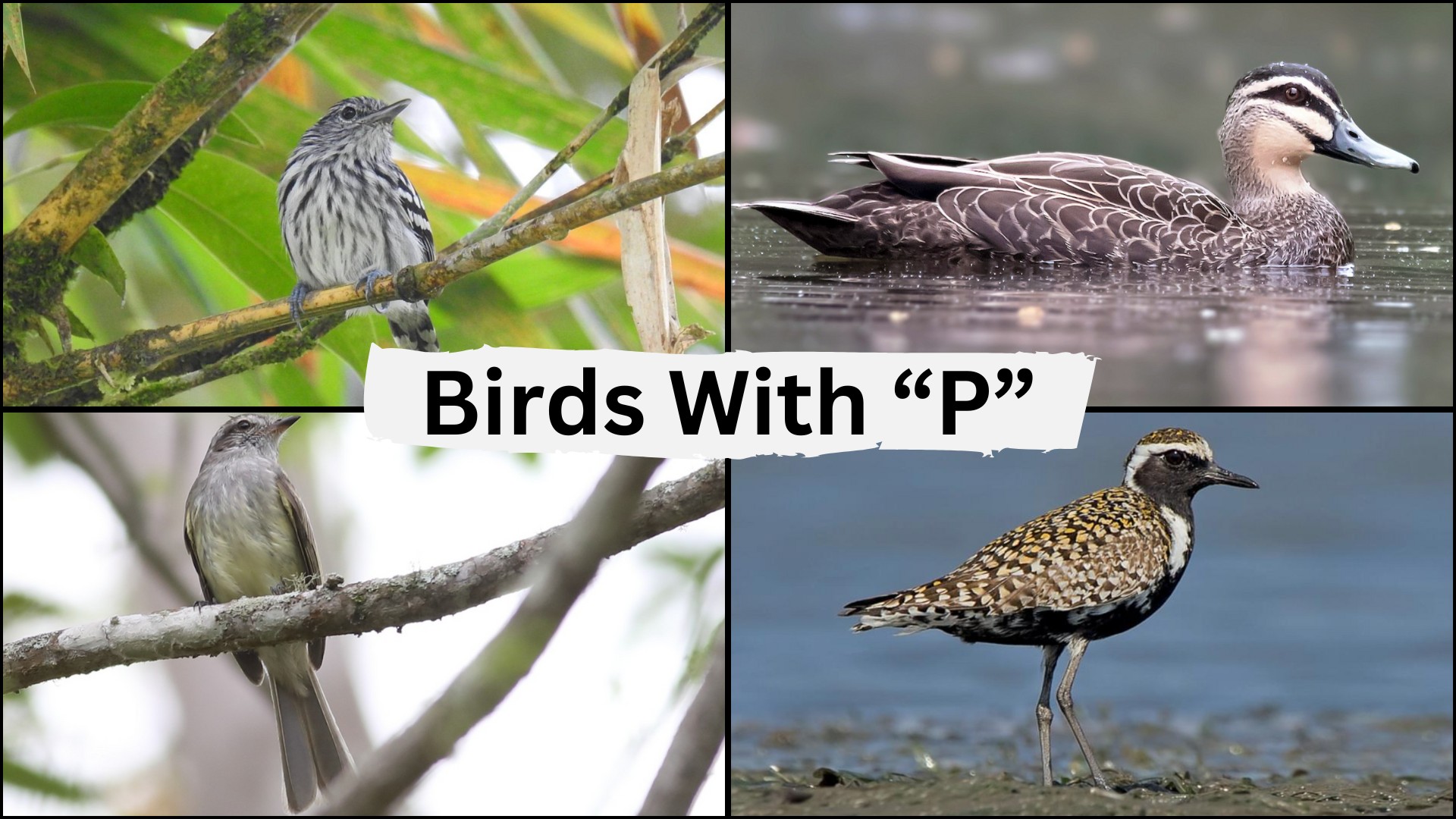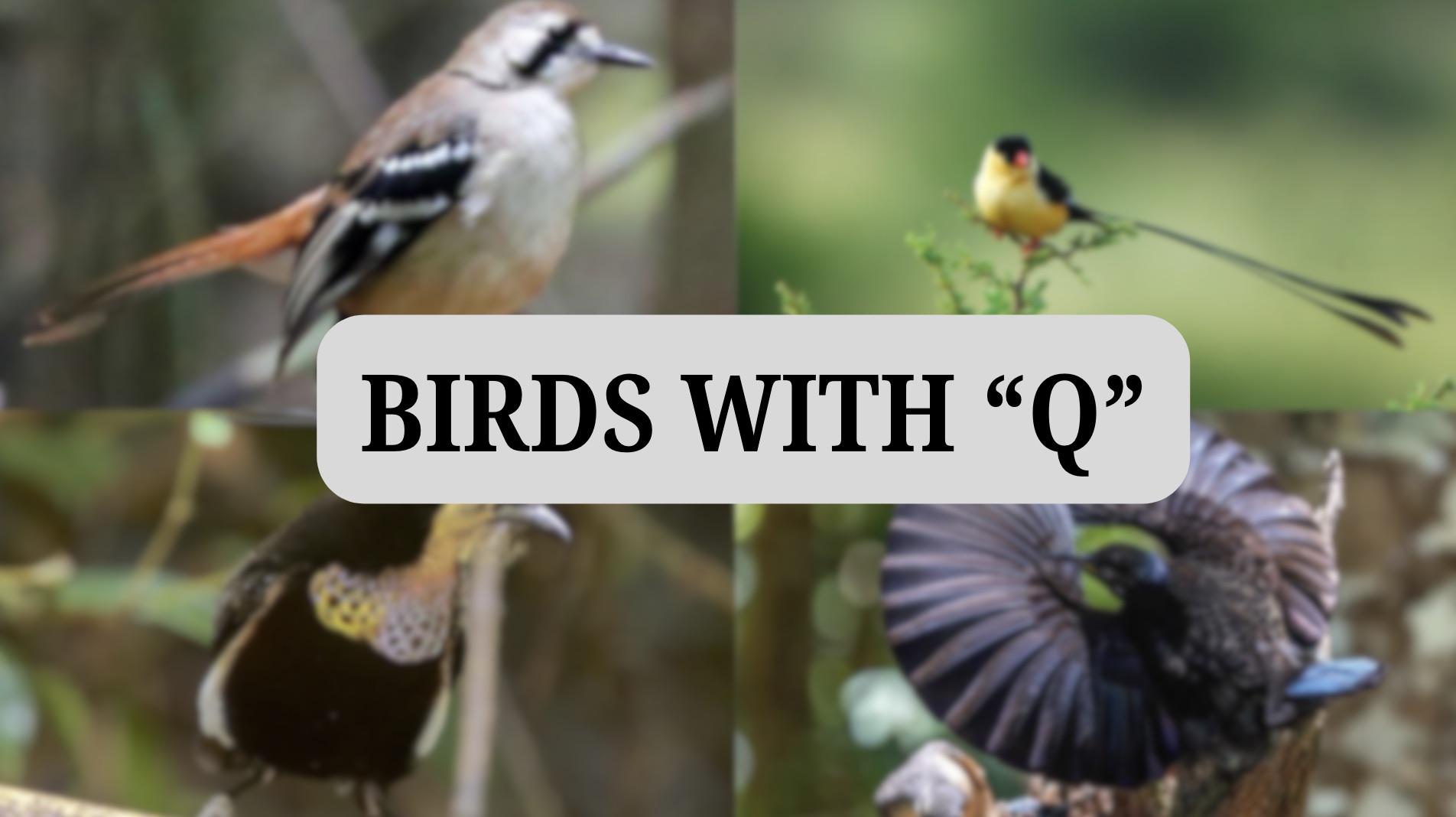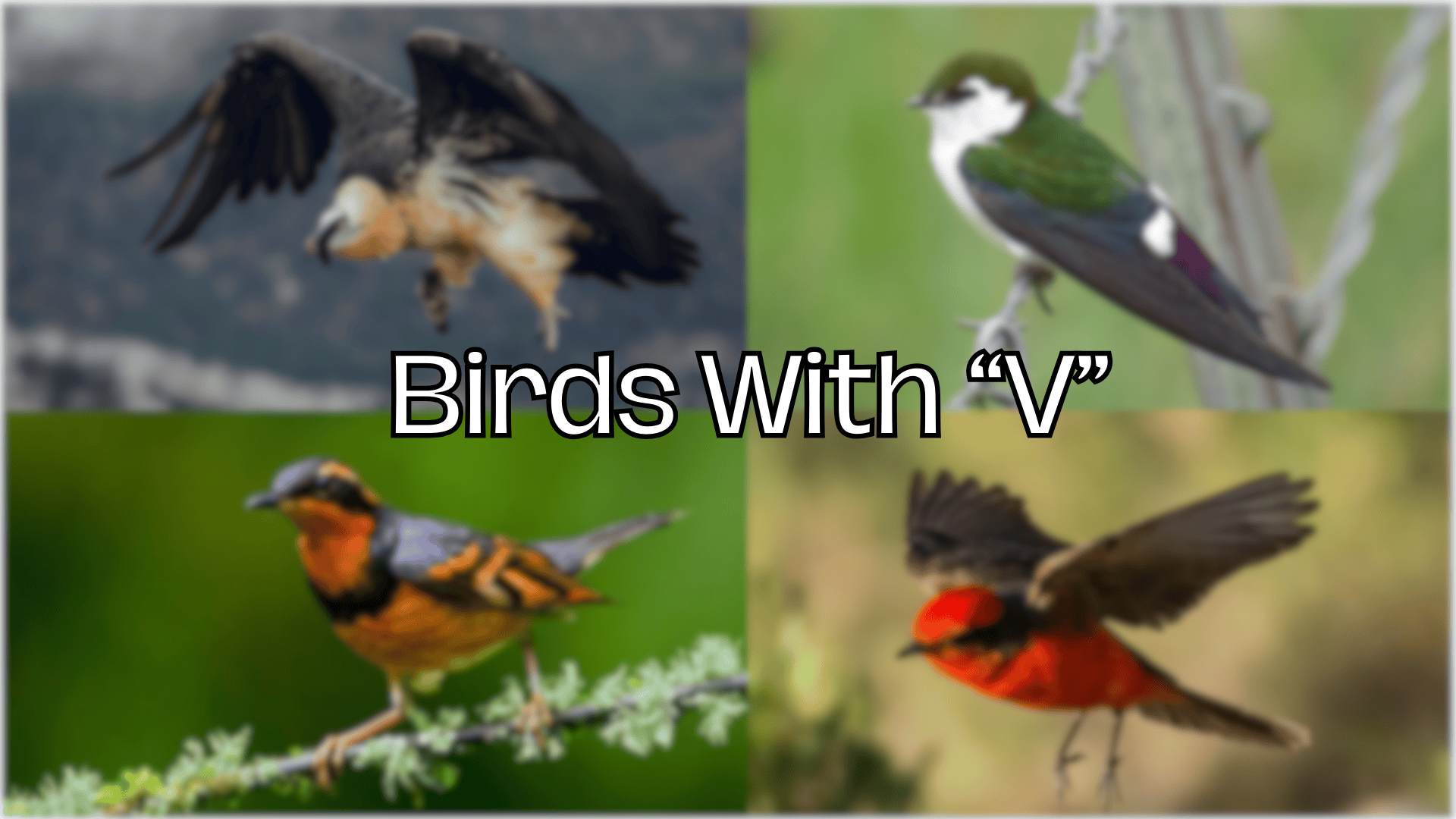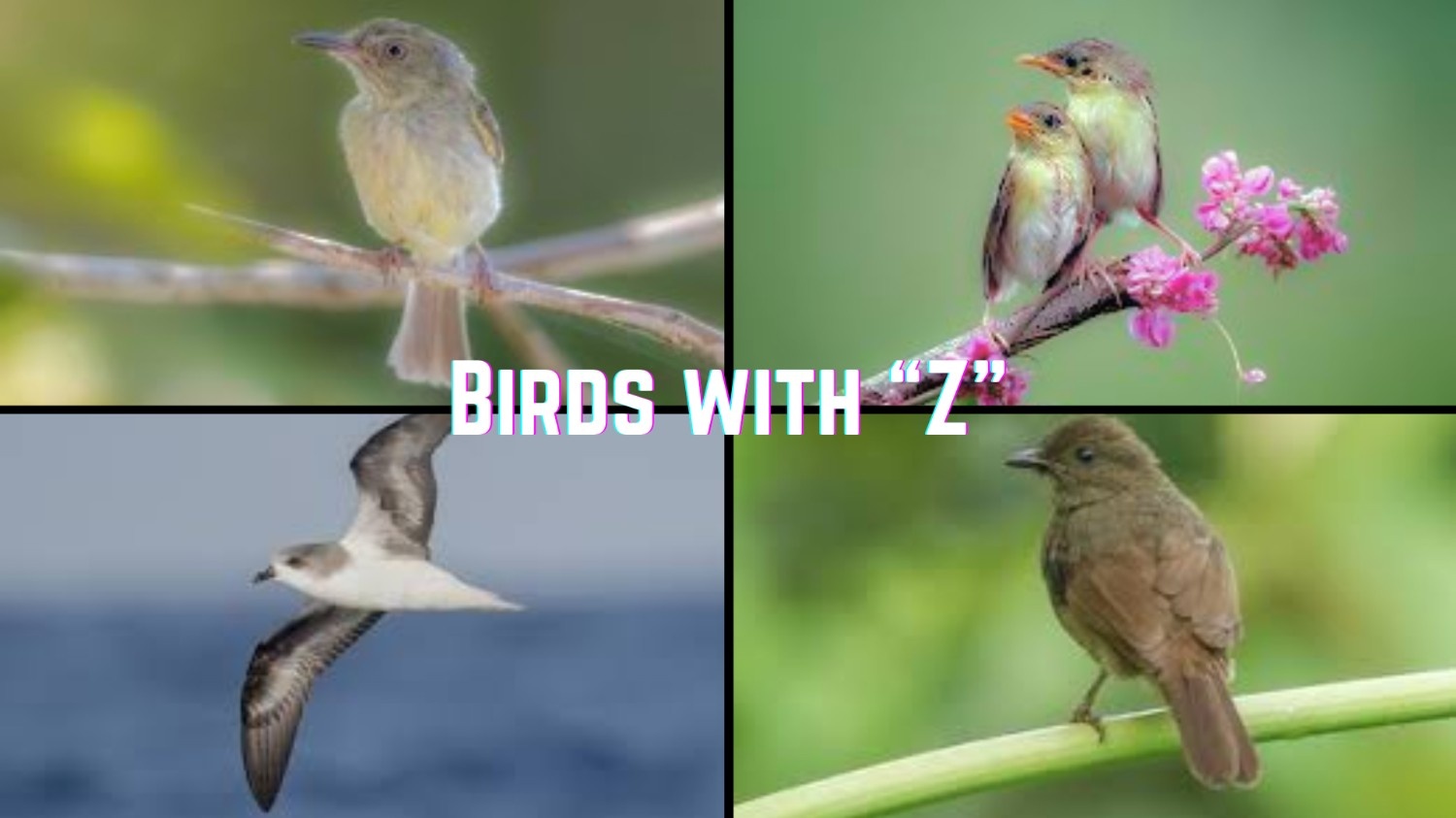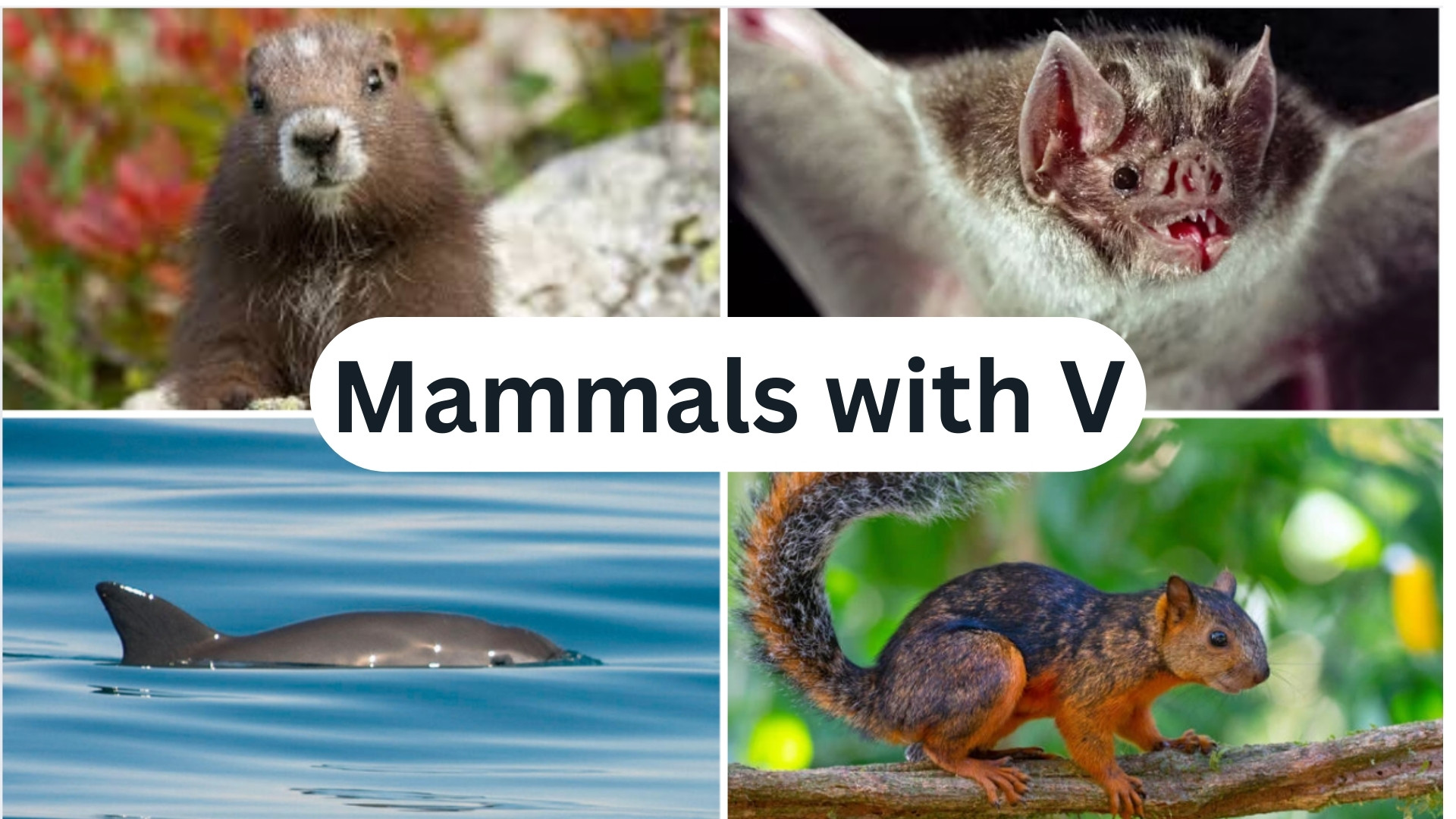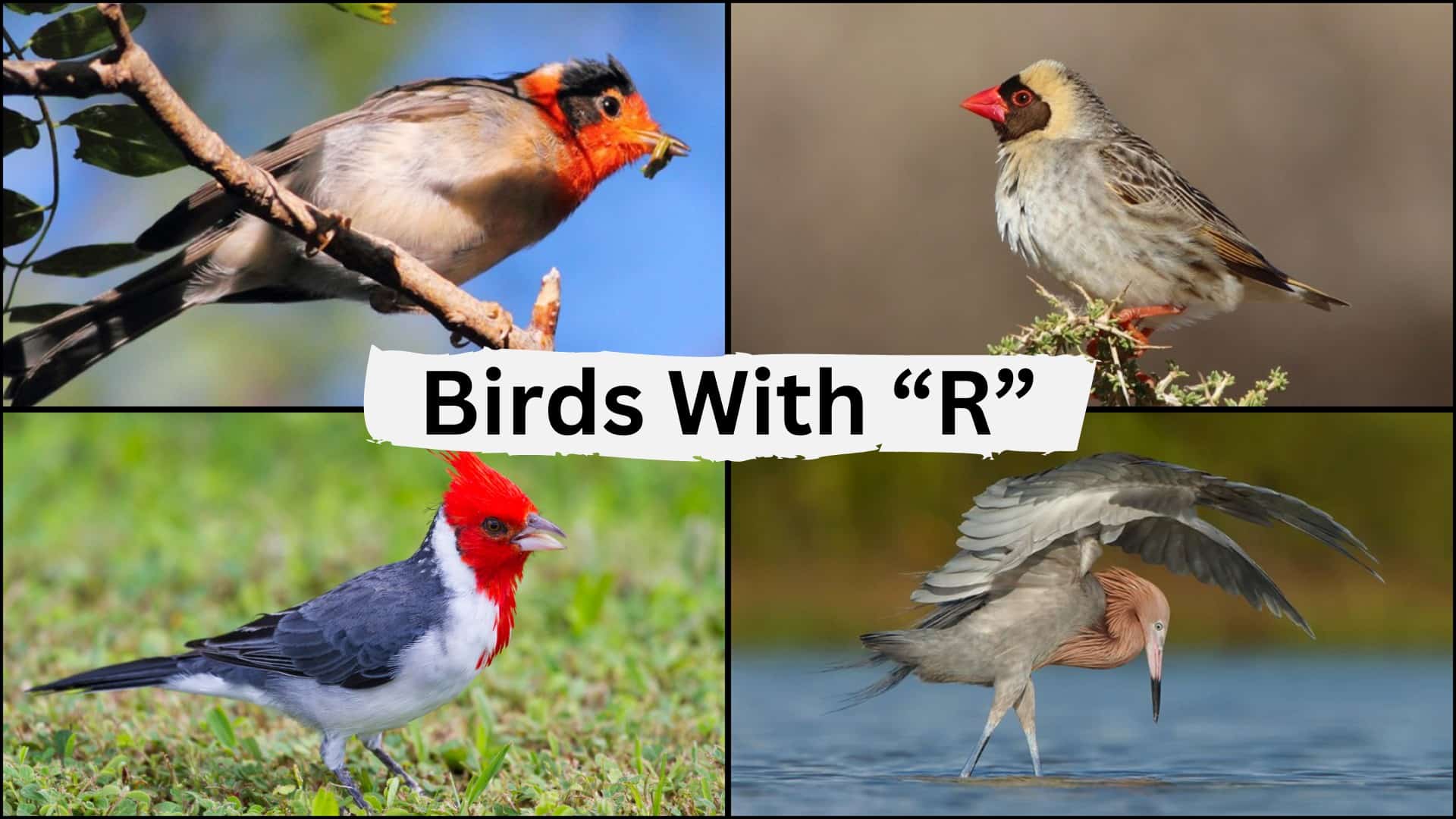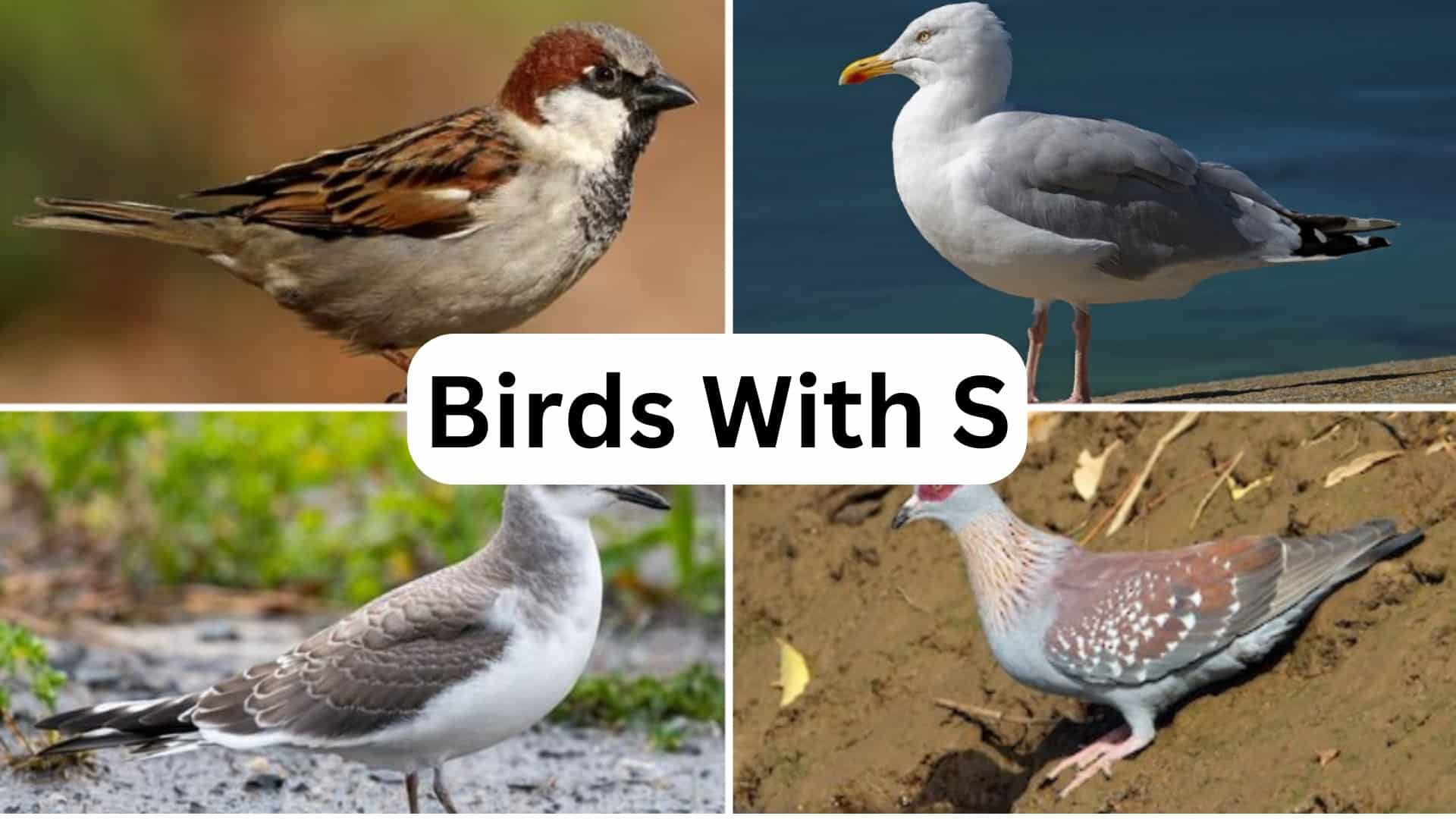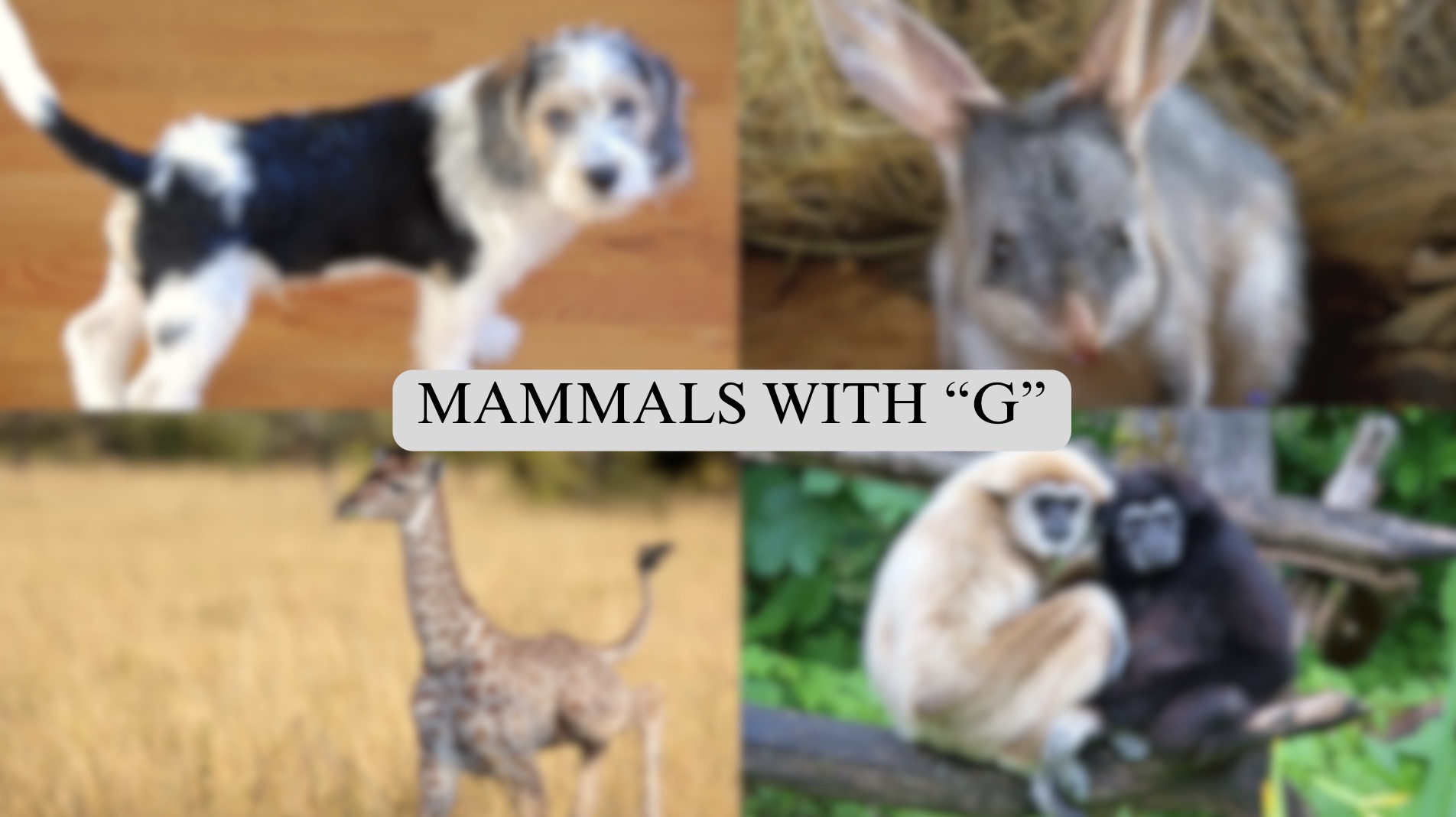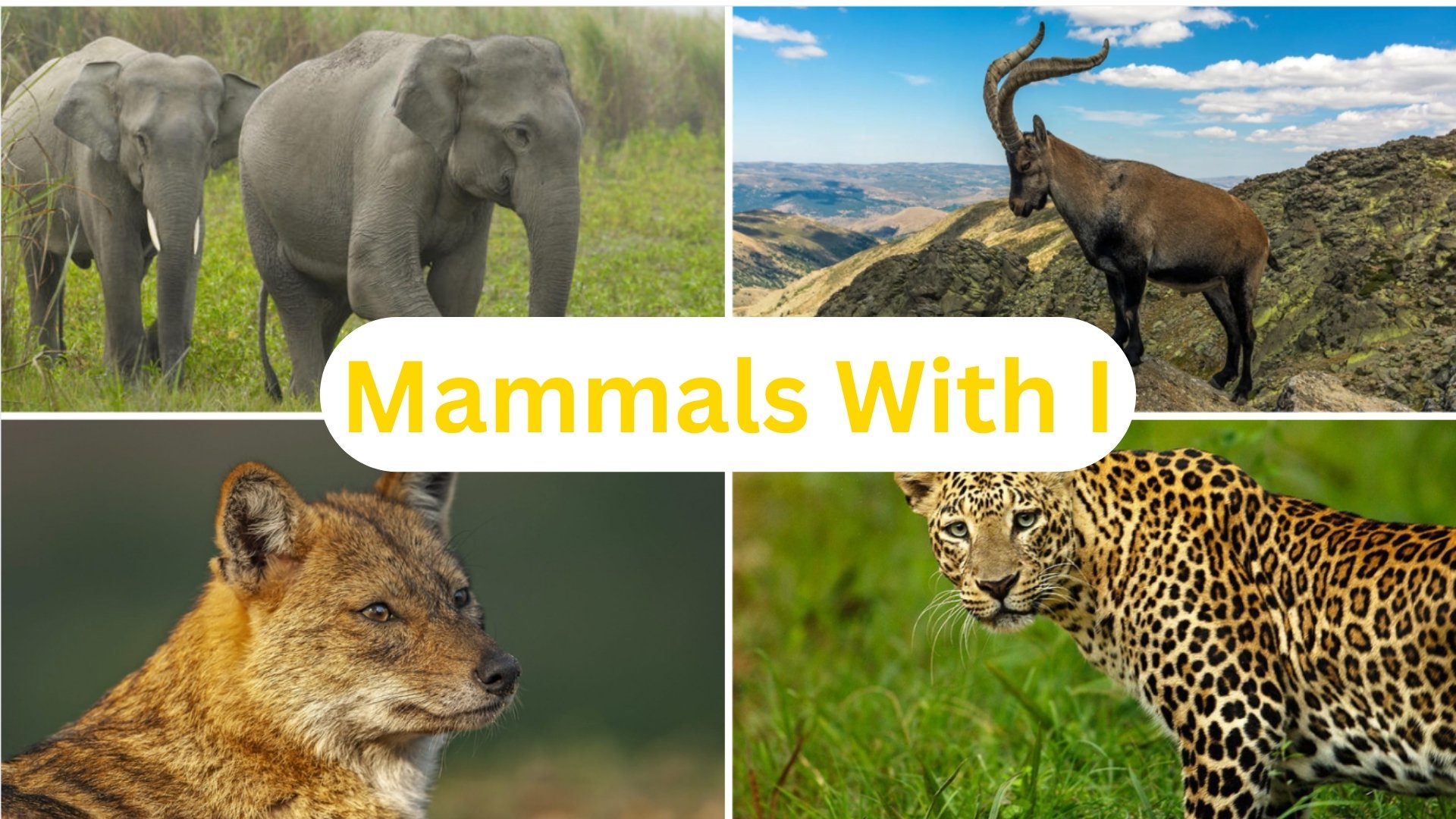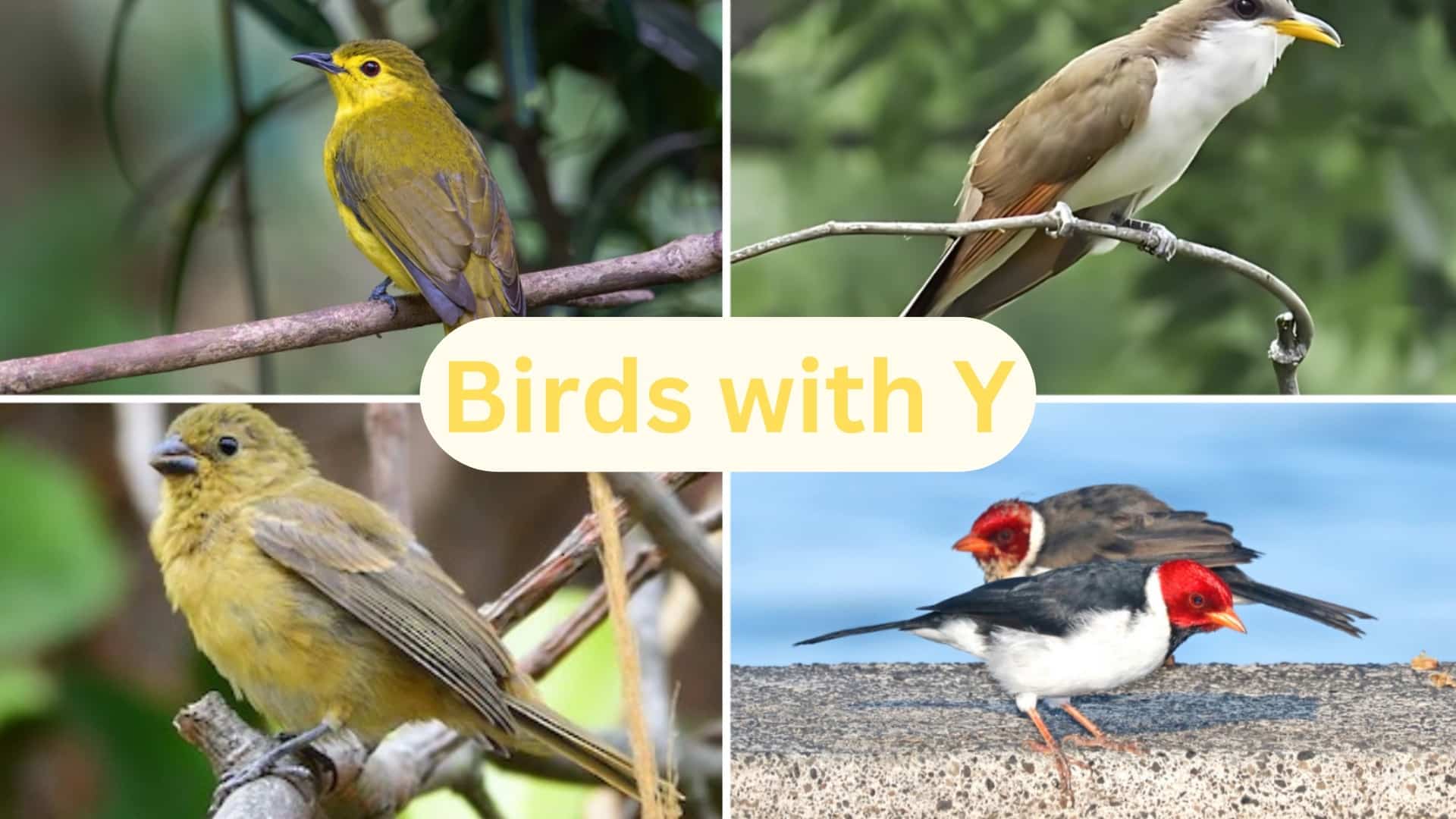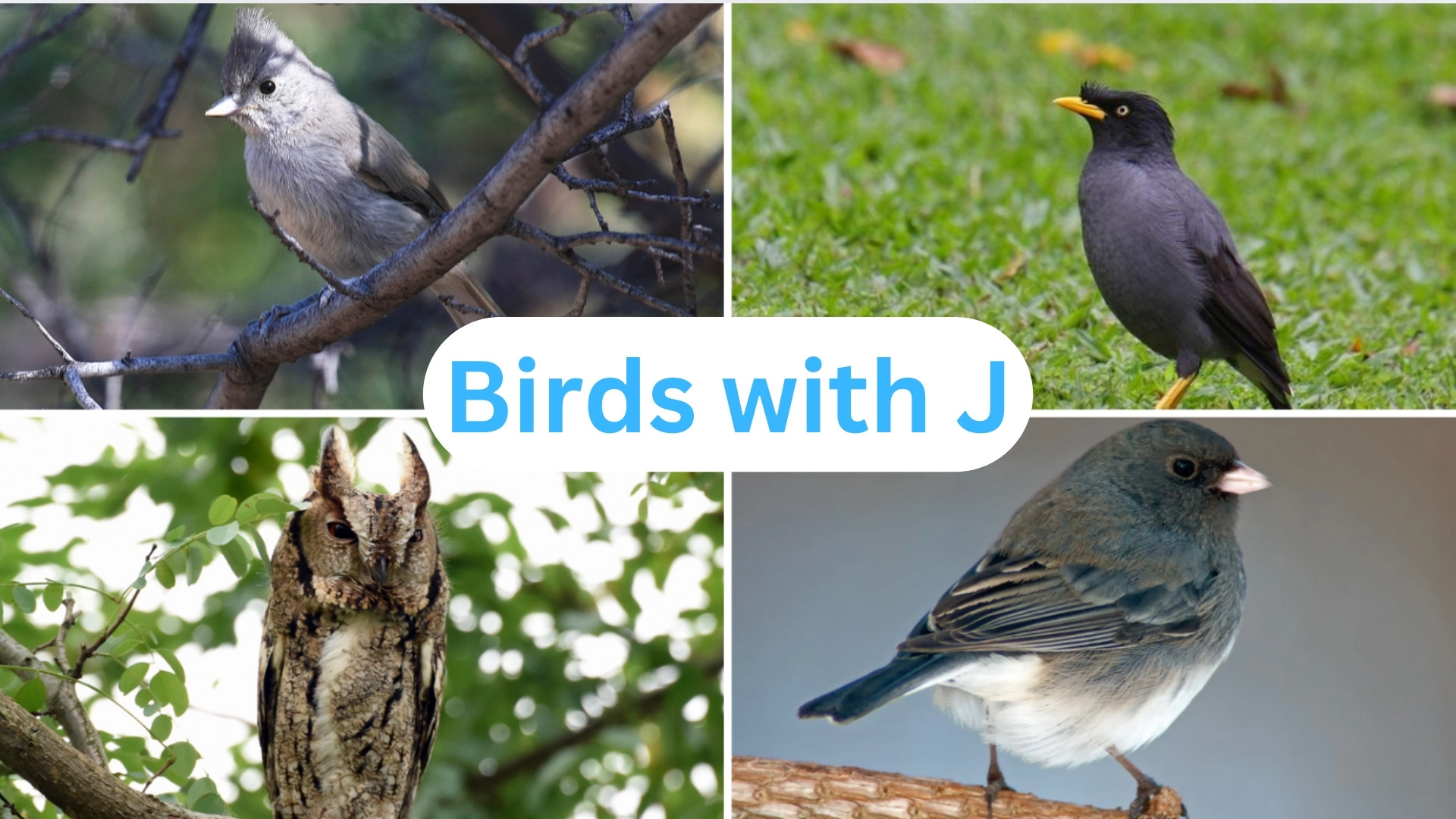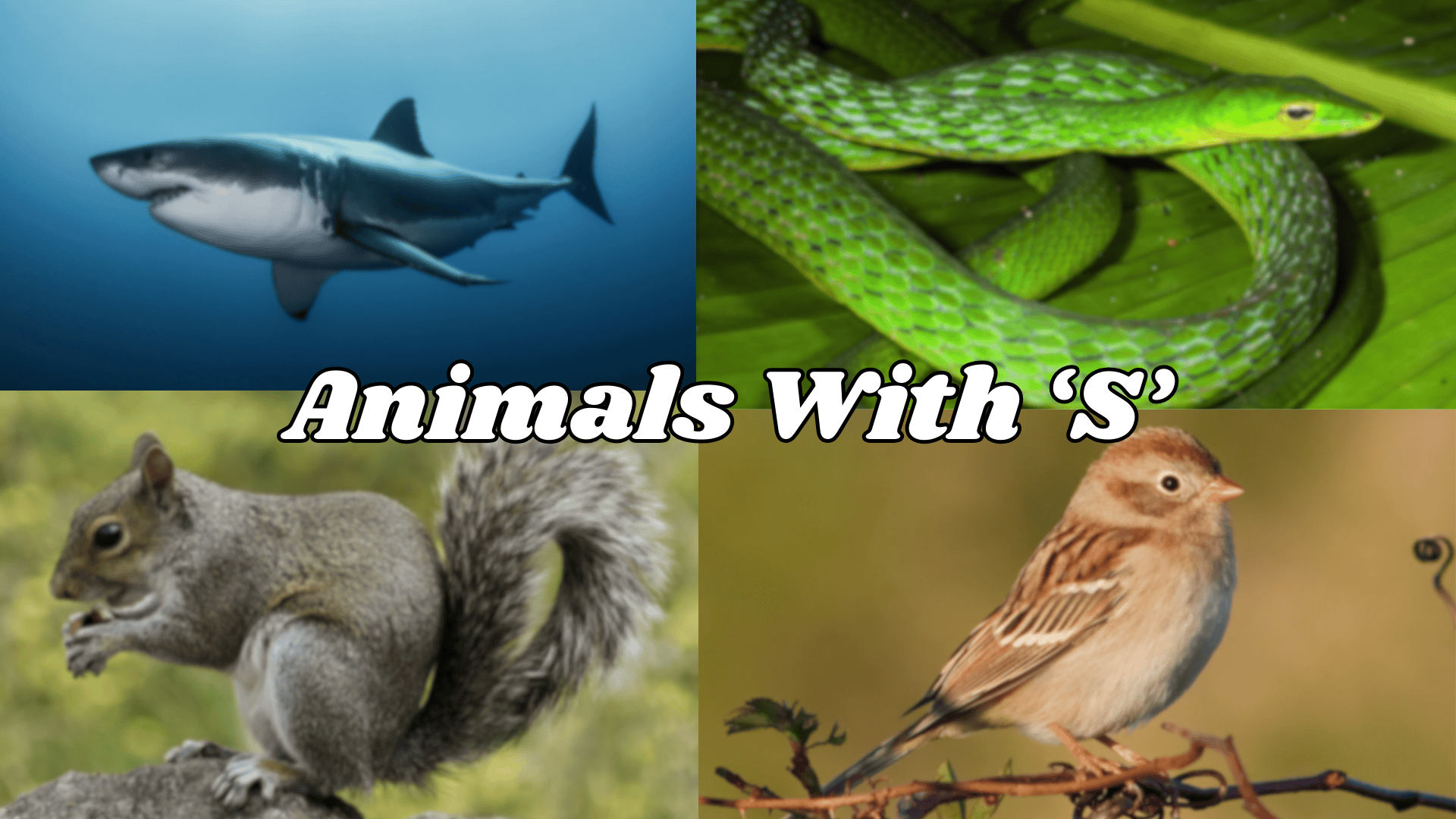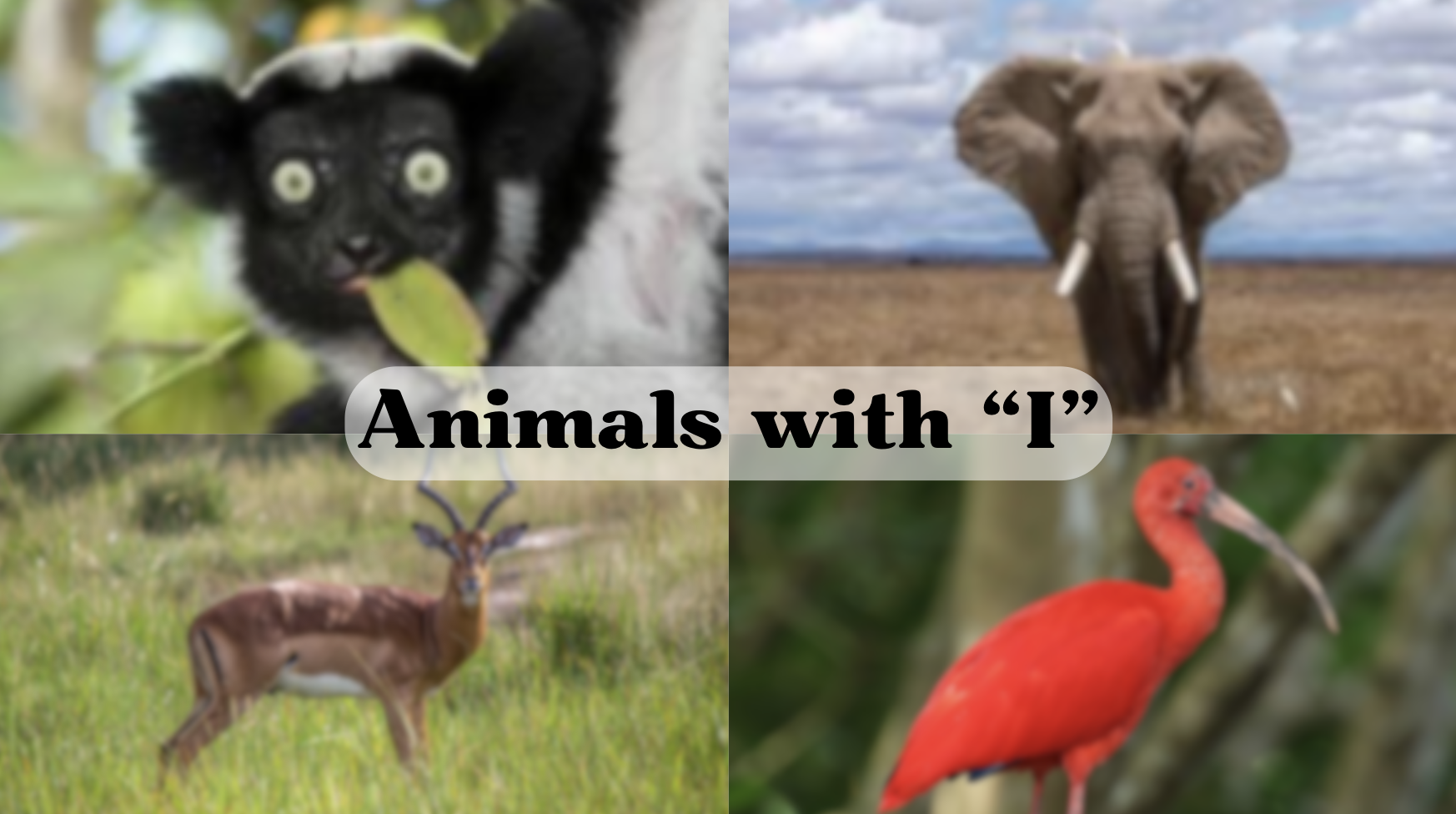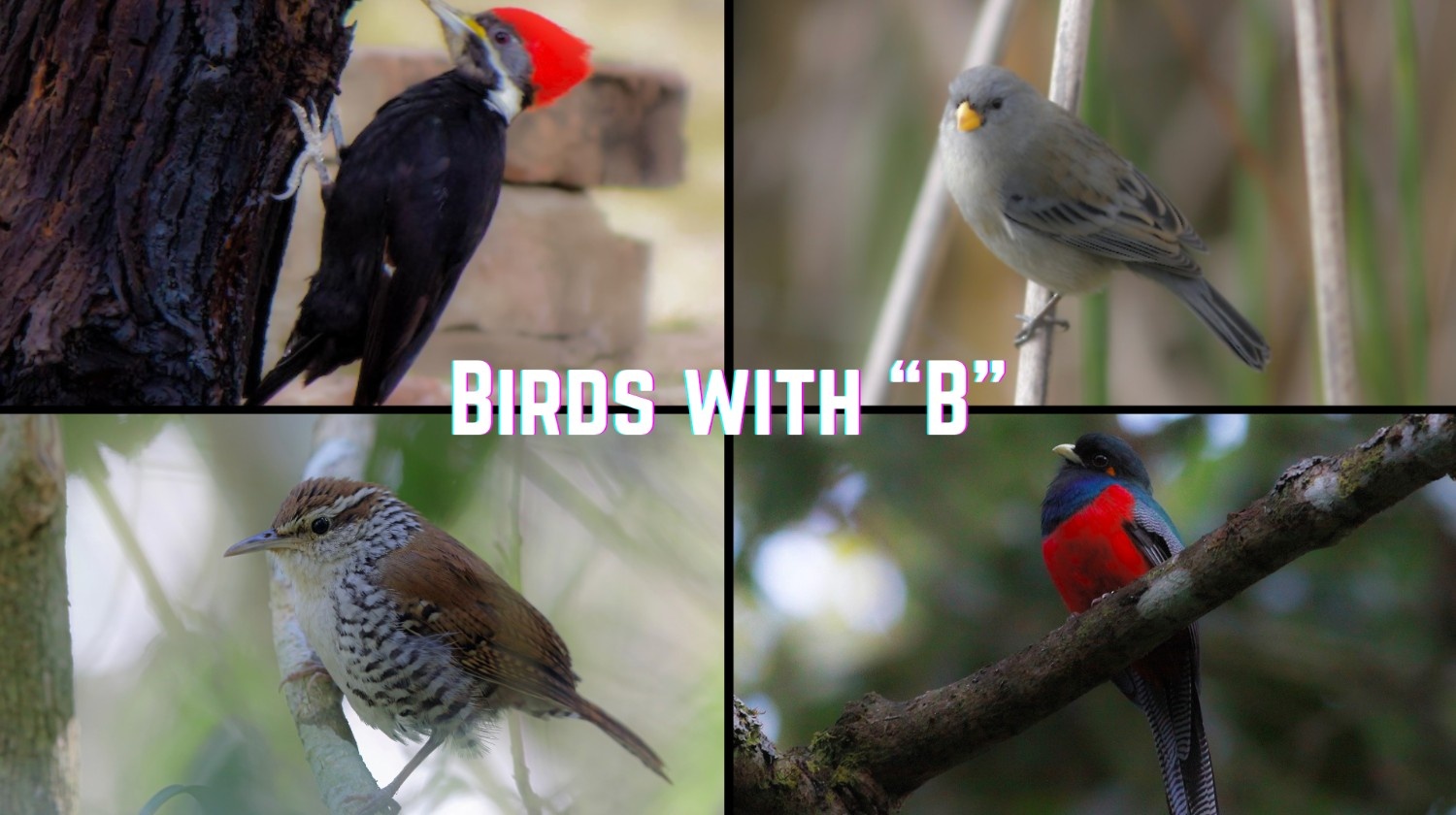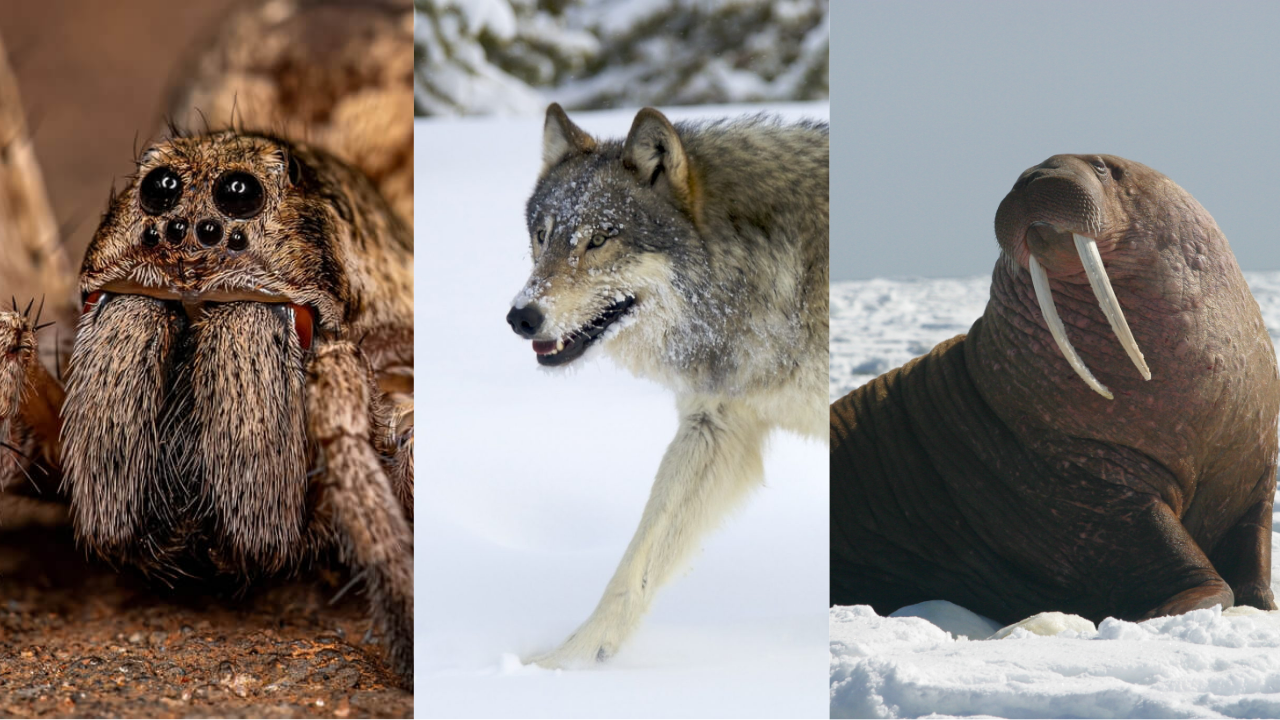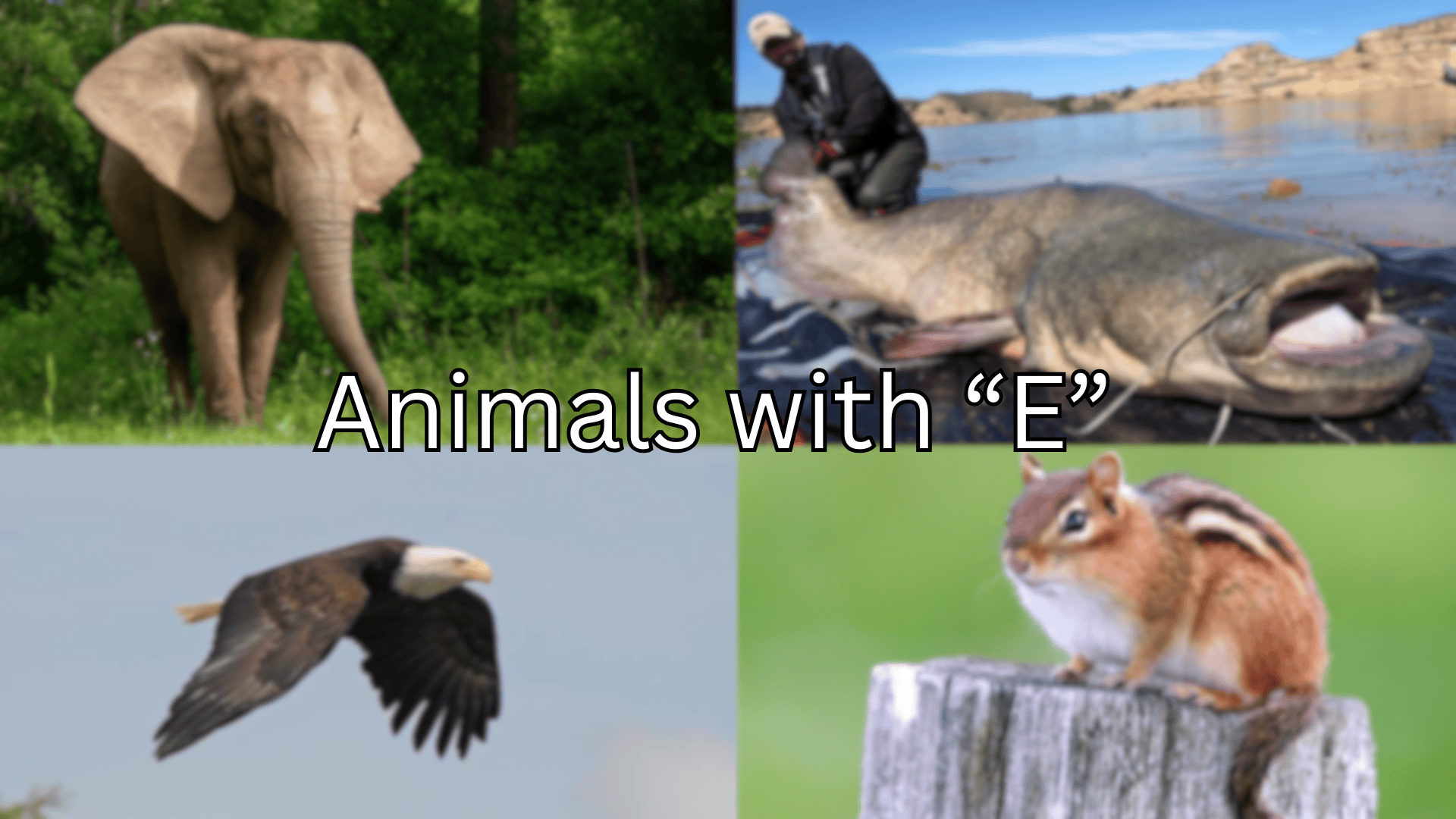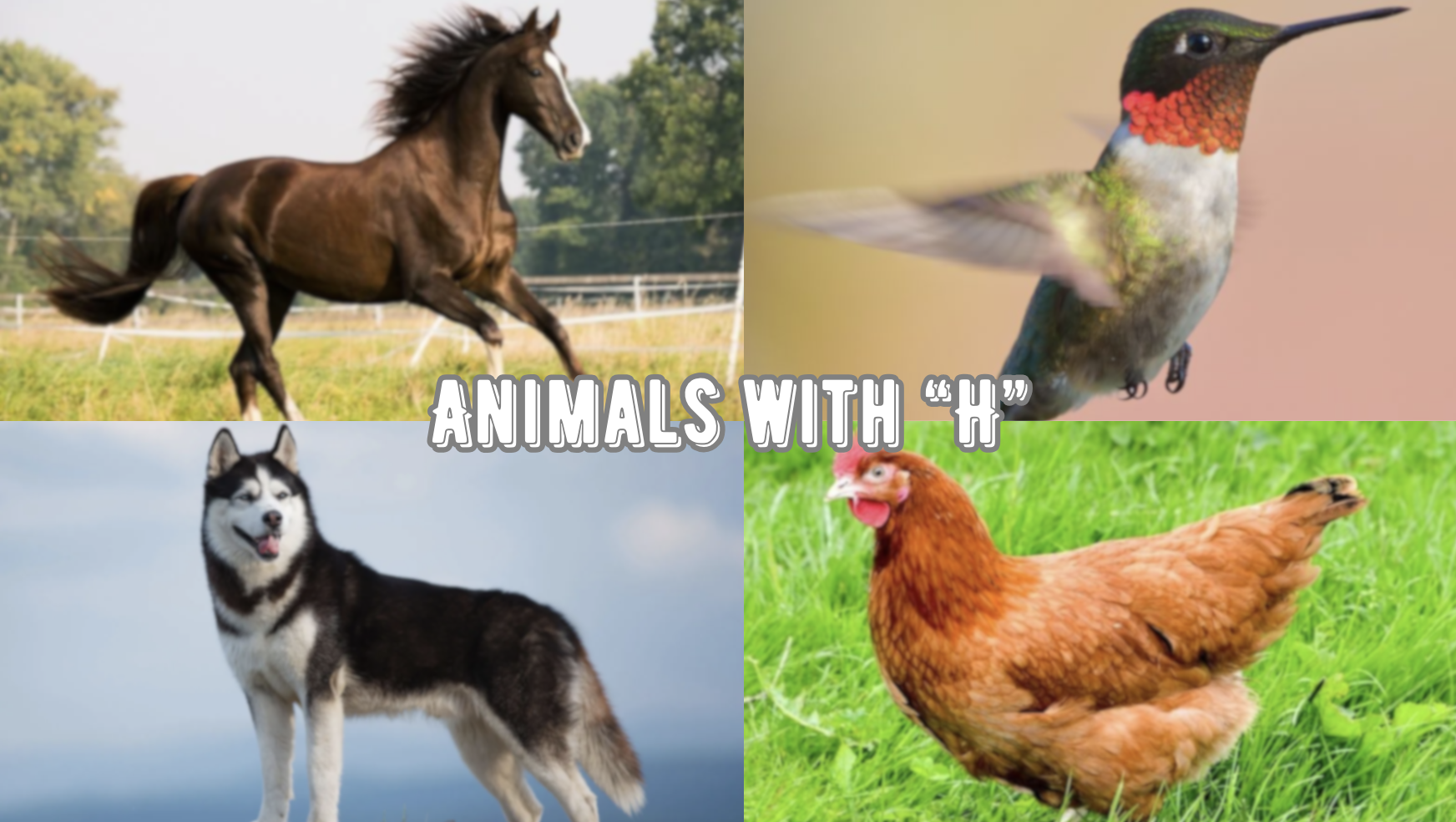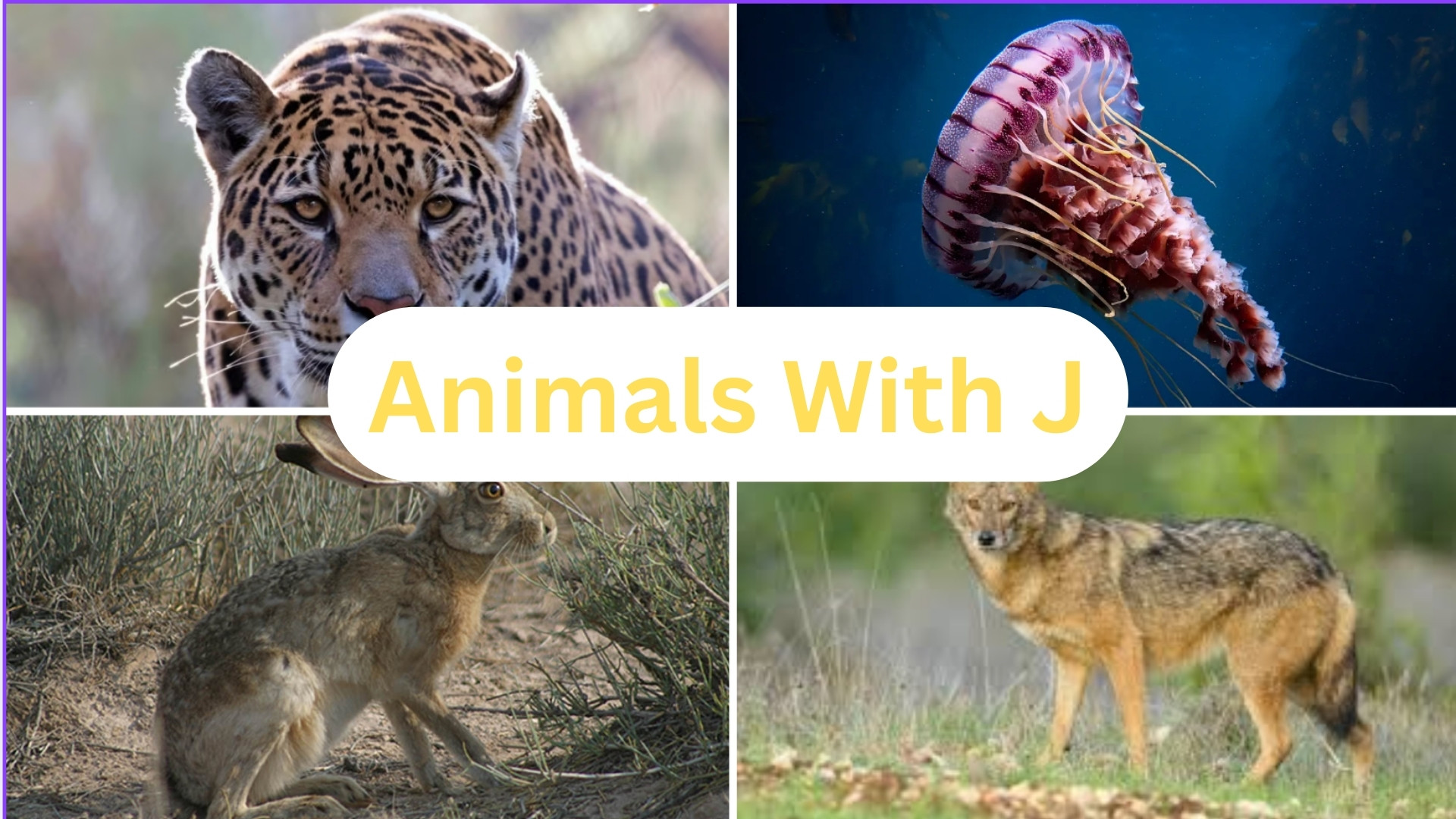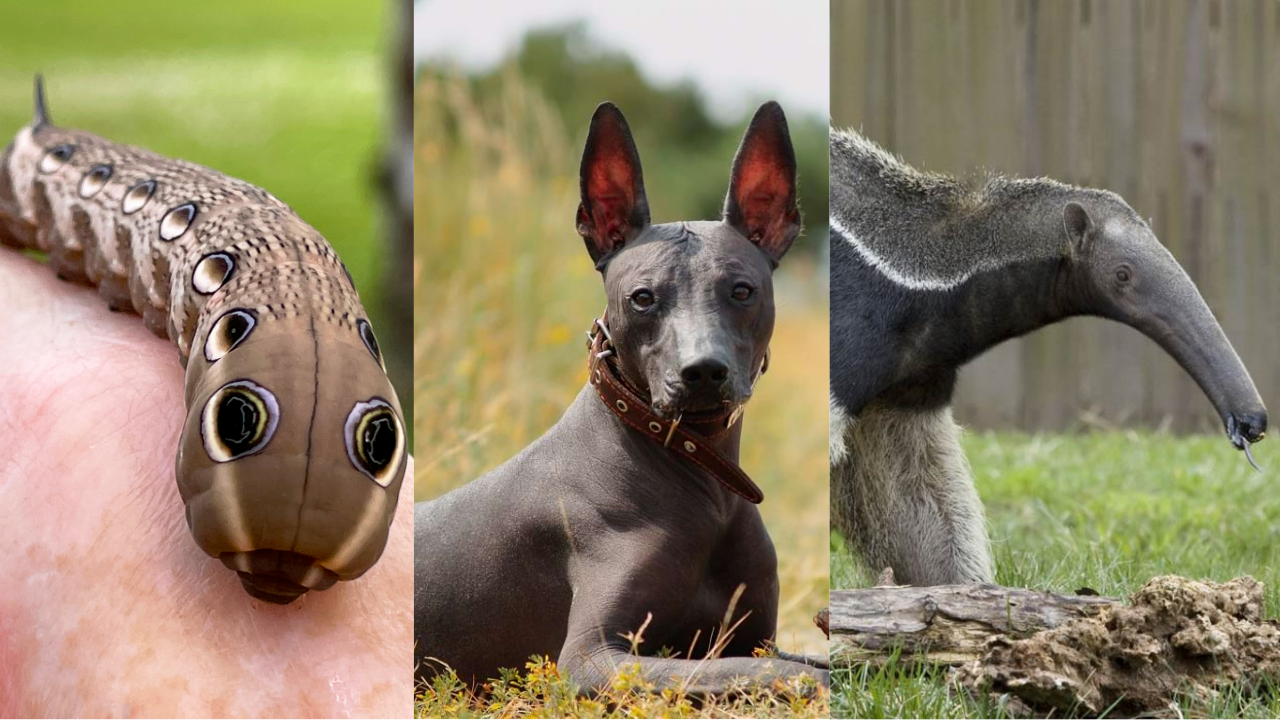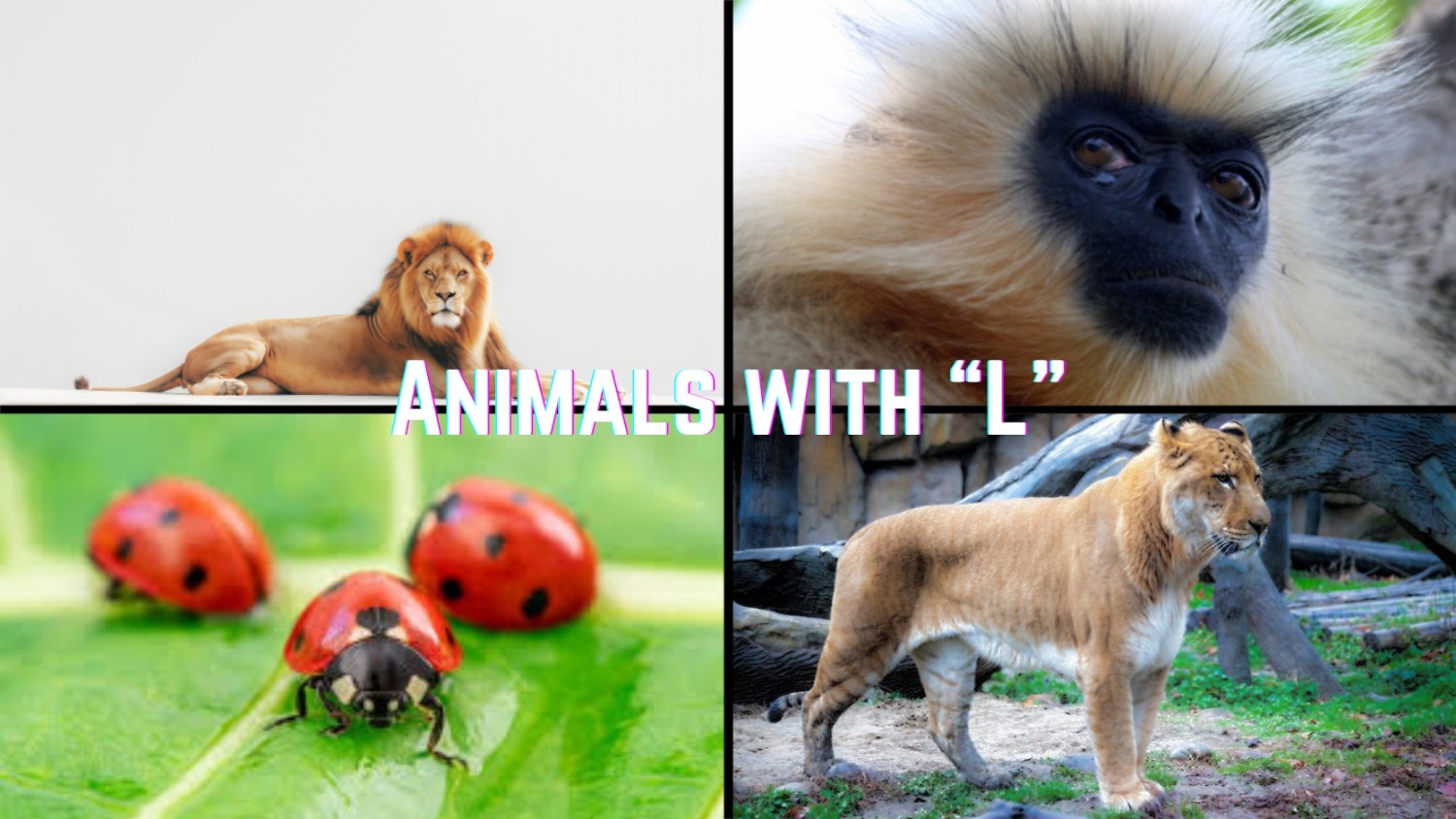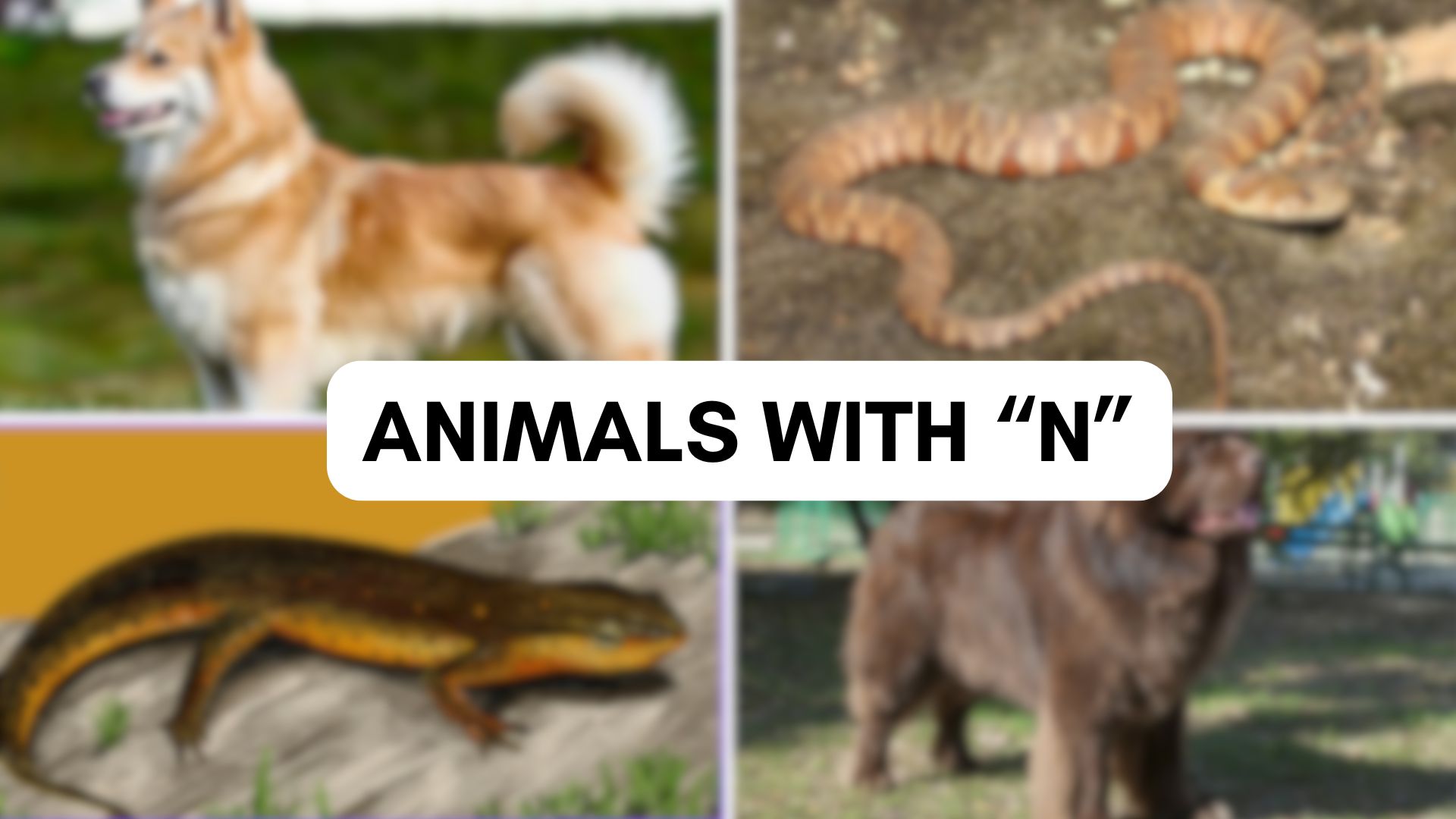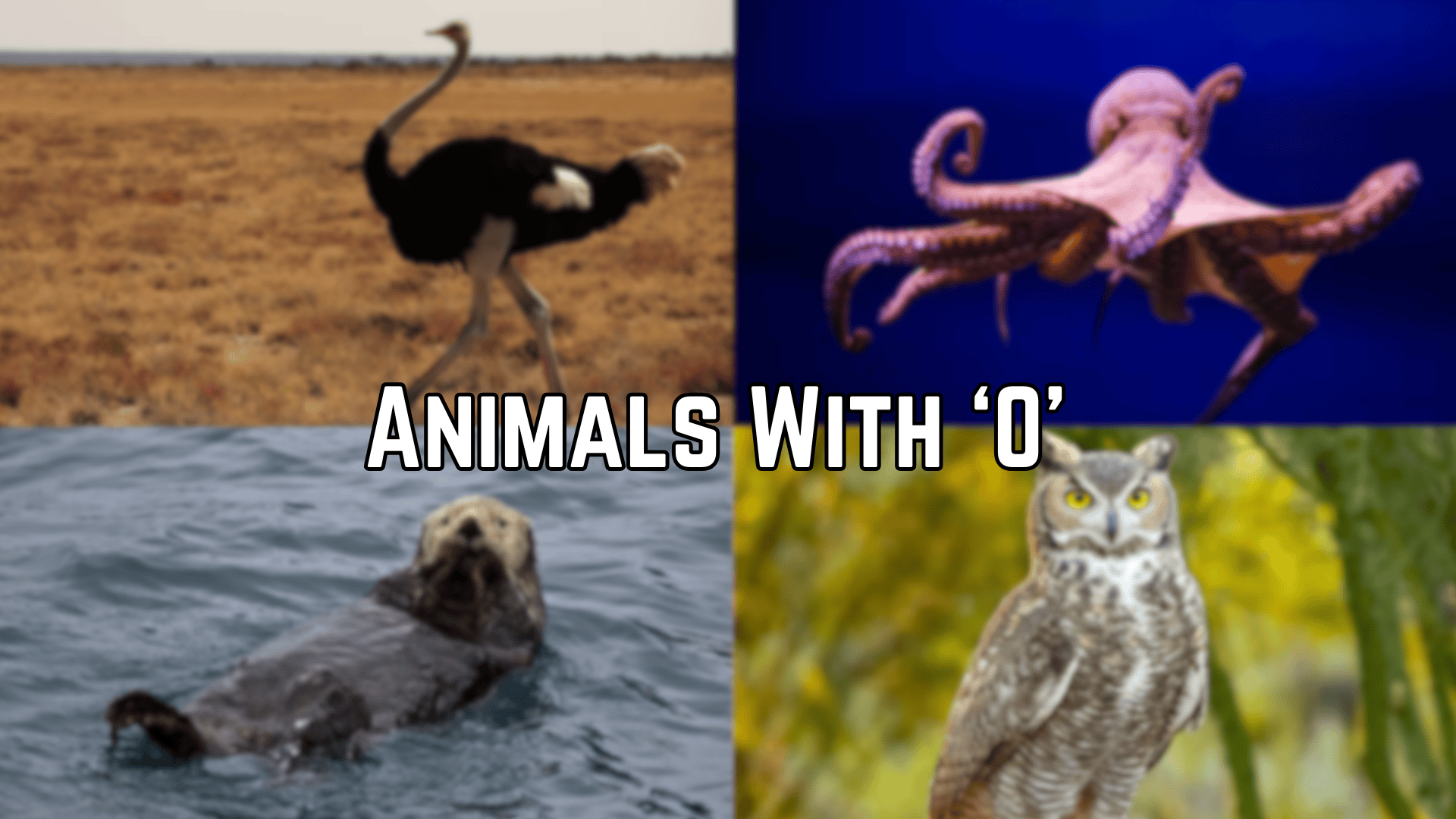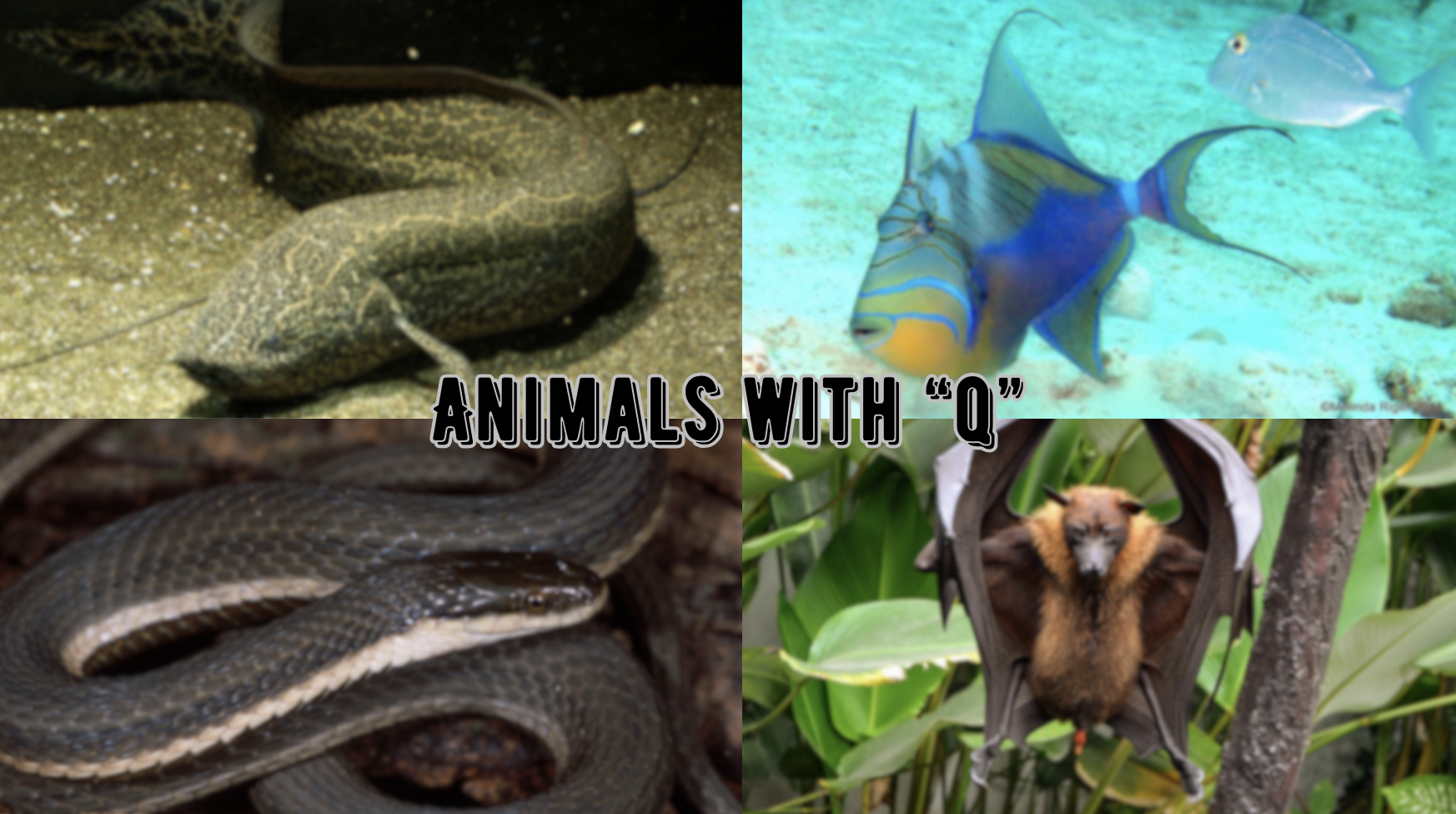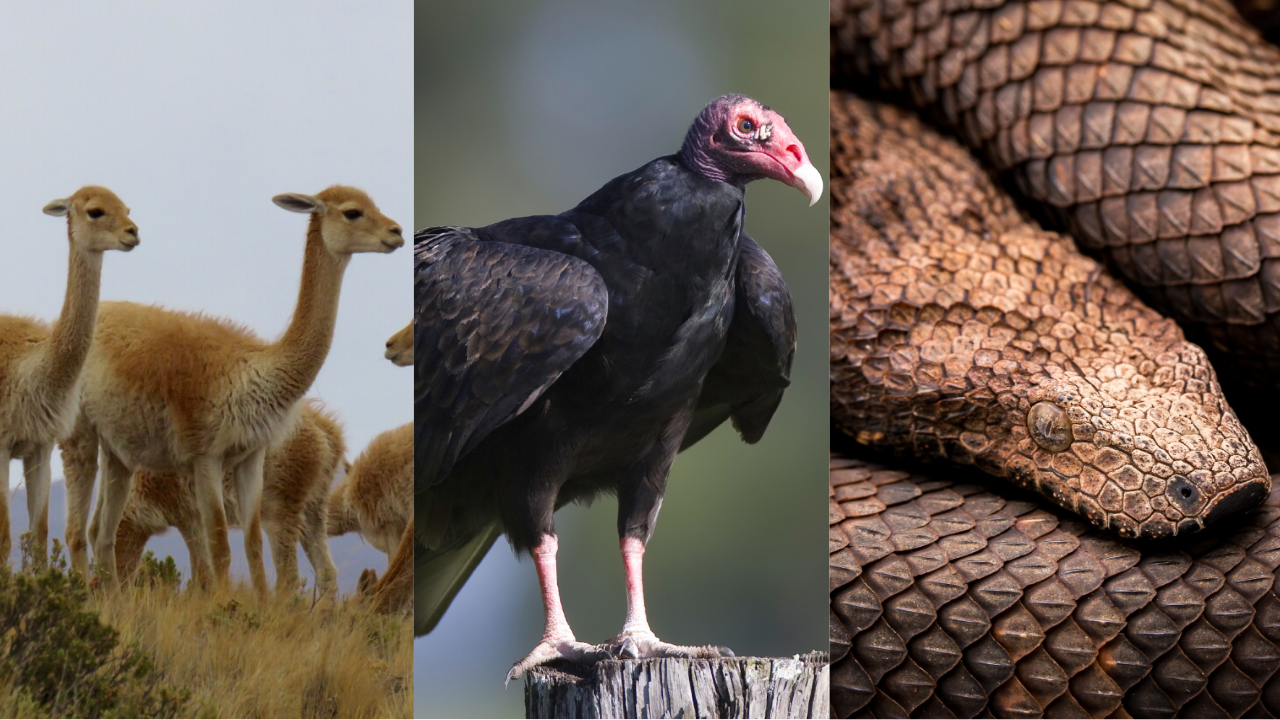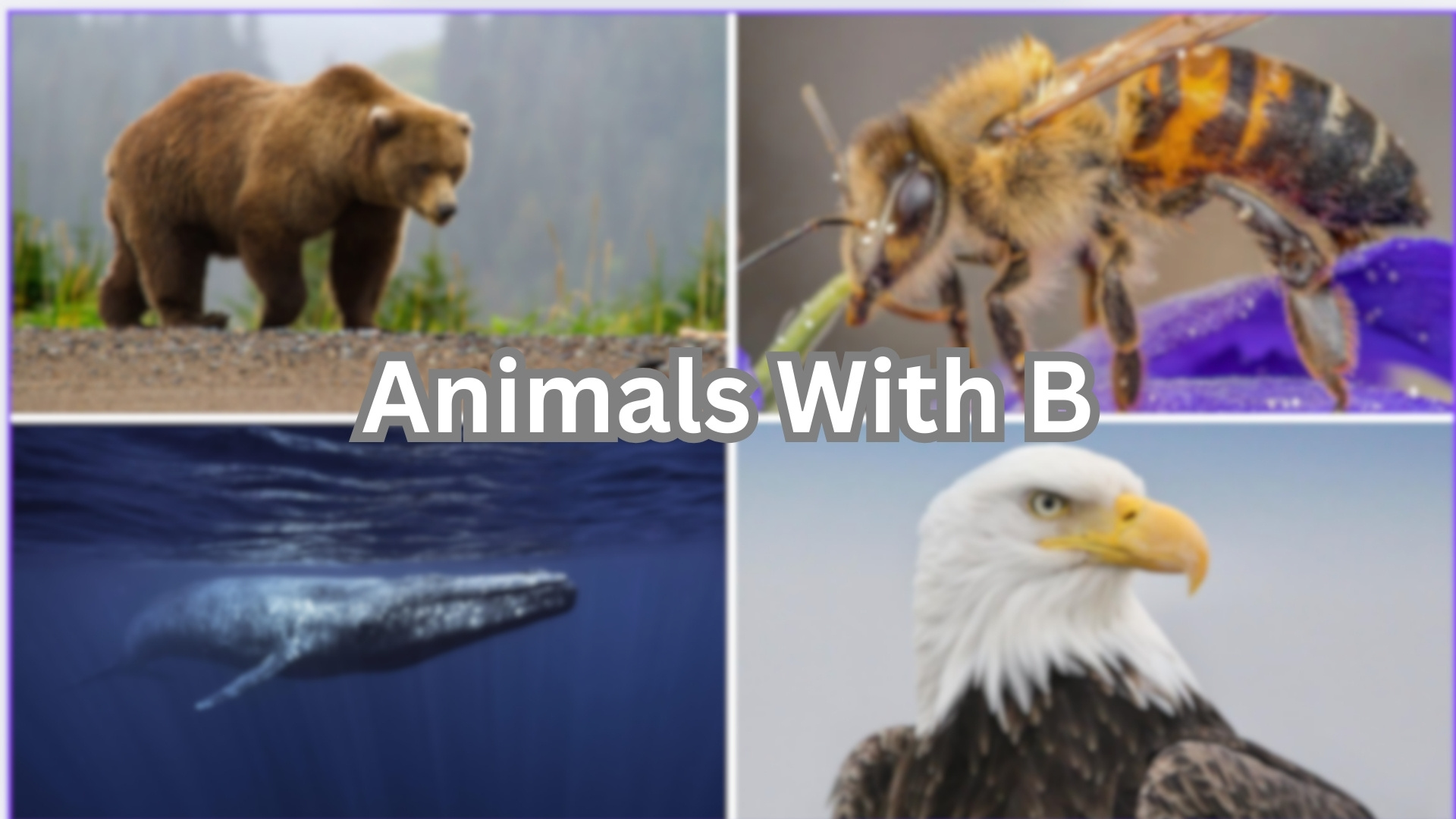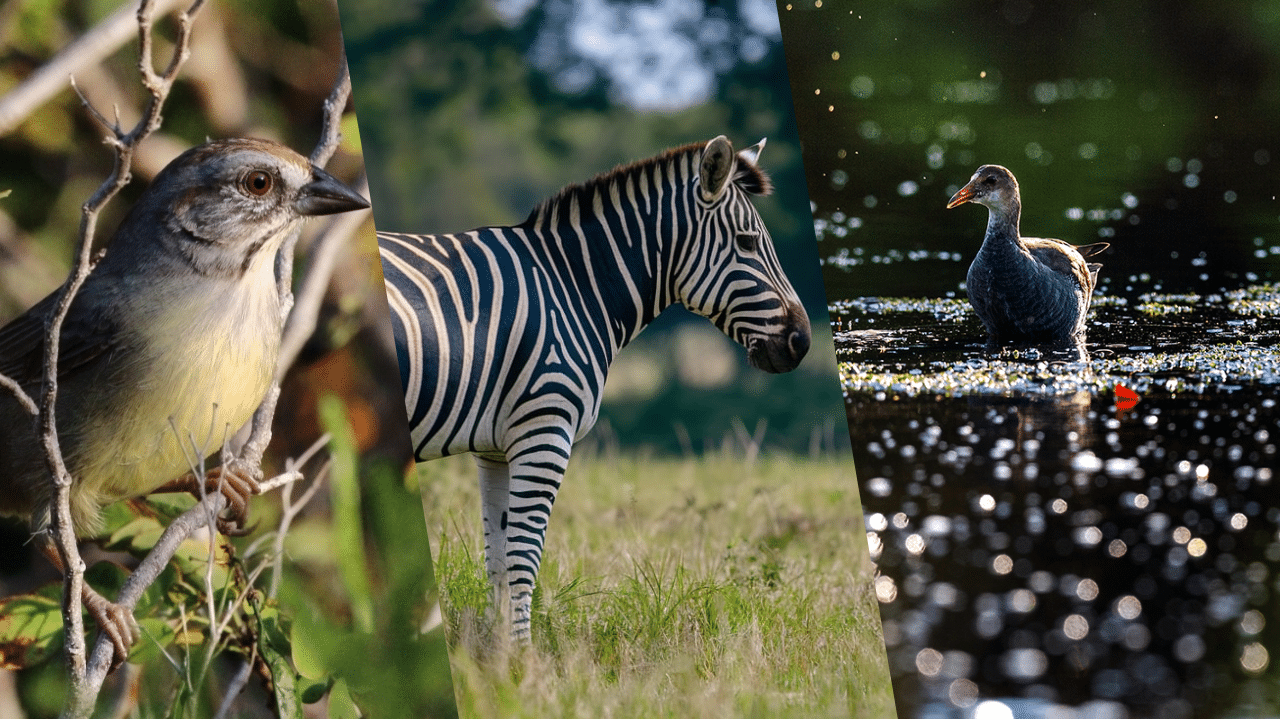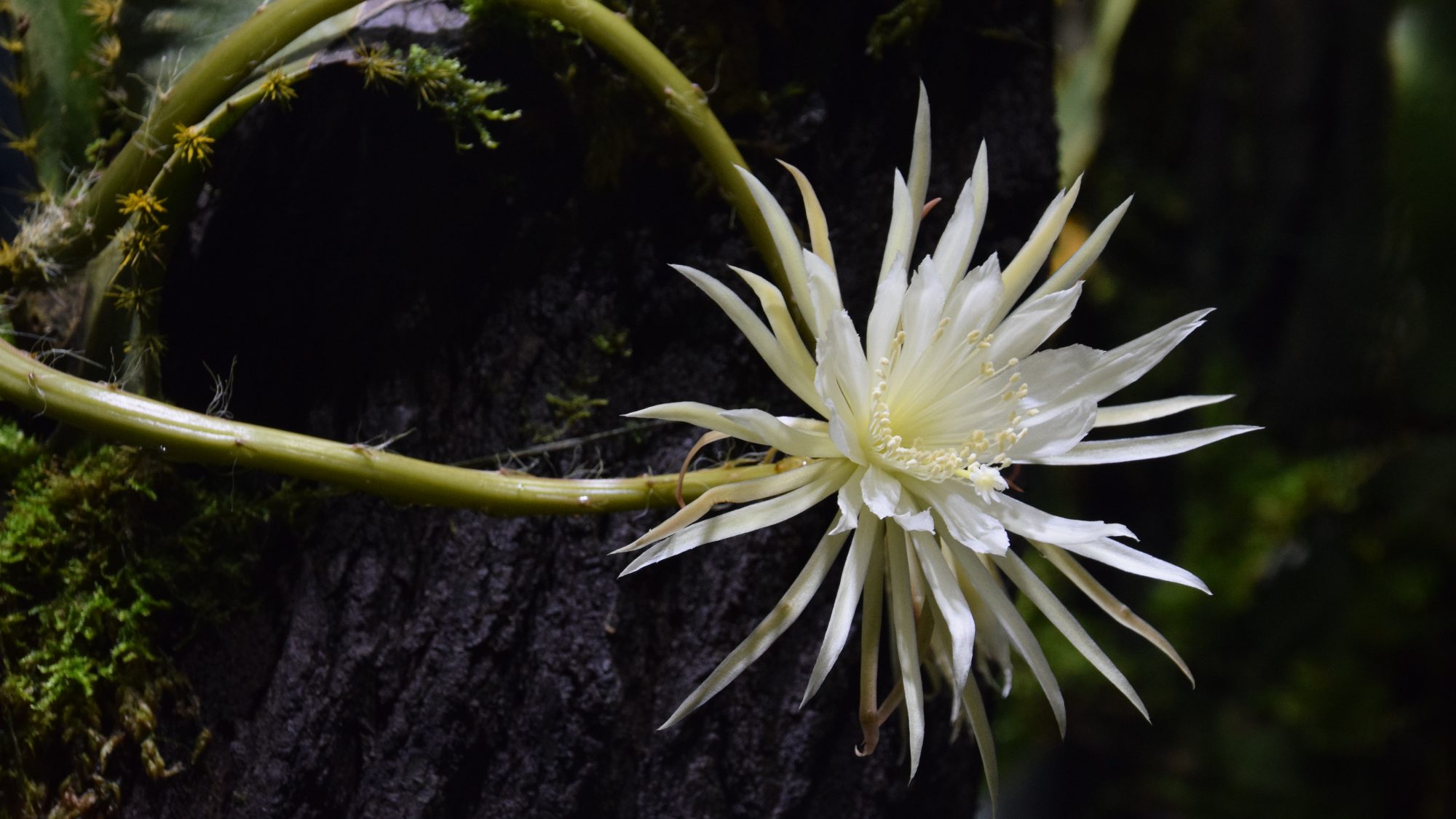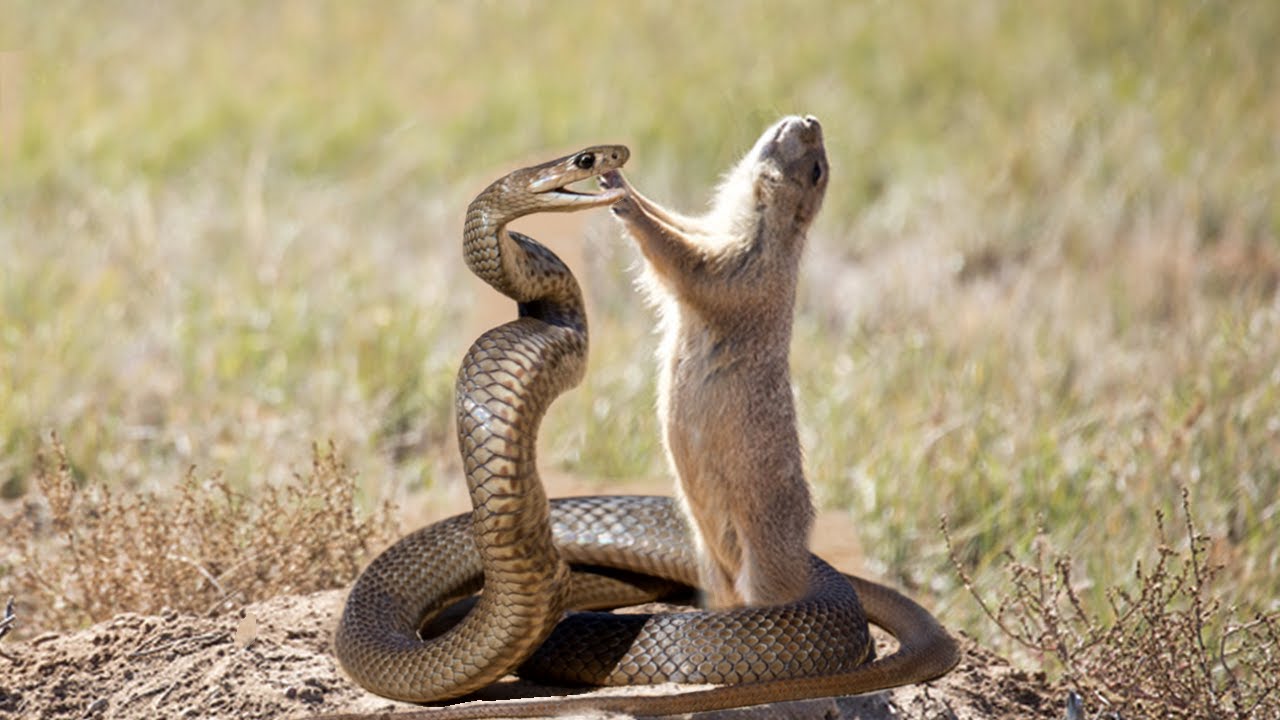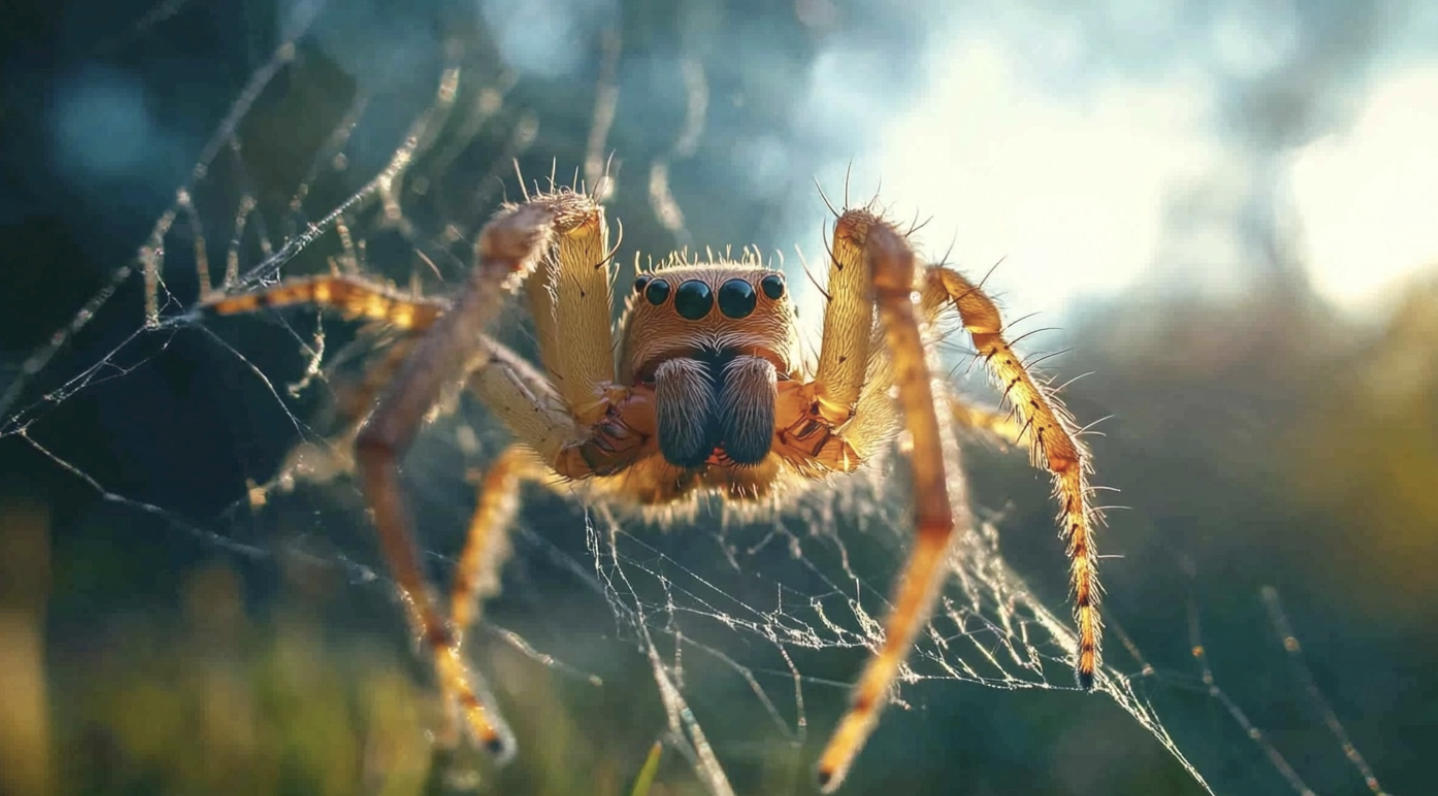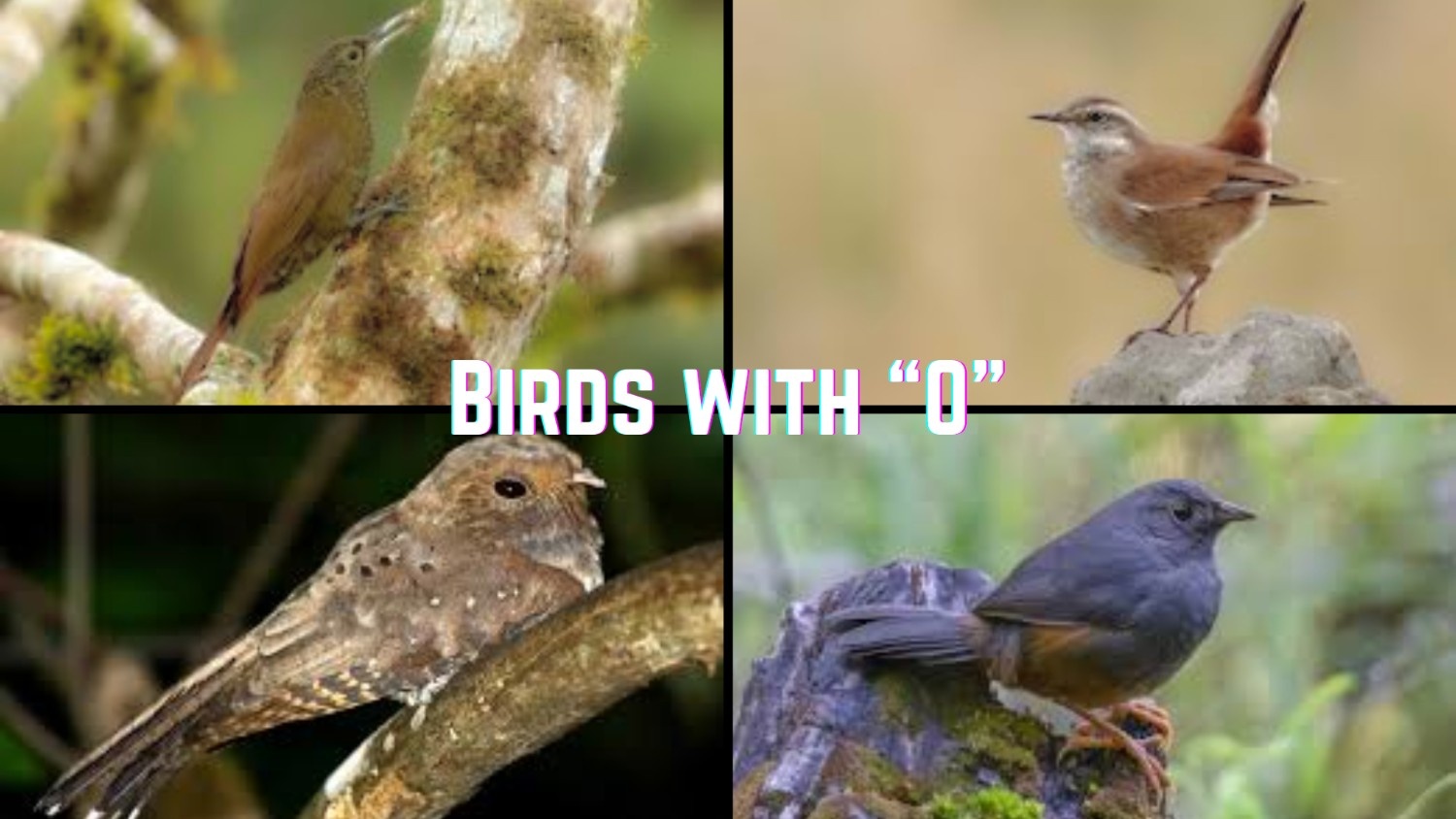
Feathered wonders that glide through azure skies, the majestic “O” birds charm nature lovers worldwide.
From the powerful Osprey dipping deep into waters for prey to the nocturnal Owl rotating its head an impressive 270 degrees, these creatures showcase nature’s remarkable adaptations.
Despite its inability to fly, the grand ostrich races across African plains at speeds reaching 70 km/h, making it the fastest bird on land.
Did you know that Oilbirds use echolocation like bats to navigate through dark caves?
This guide discloses the charming world of birds beginning with “O,” detailing their habitats, feeding habits, and distinctive calls.
Uncover the Orange-crowned Warbler’s elusive nature or marvel at the Oriental Hobby’s hunting prowess.
Each entry reveals the unique characteristics that make these avian species truly extraordinary inhabitants of Earth’s diverse ecosystems.
Wings of “O”: Avian Treasures Unveiled
1. Osprey

The Osprey is a large bird of prey found near water bodies like rivers and lakes. It is known for its ability to plunge into water to catch fish.
- Region of Habitat: North America, Europe, Asia, Africa
- Scientific Name: Pandion haliaetus
- Feeding Habits: Primarily feeds on fish, diving from great heights to catch its prey
- What Sound They Make: Ospreys emit a high-pitched whistle or scream
Fun Facts
Ospreys are known for their incredible hunting abilities. They often catch fish in mid-air and can dip as deep as 3 meters underwater to grab their prey. Their nests are usually built in tall structures like trees or man-made platforms.
2. Owl
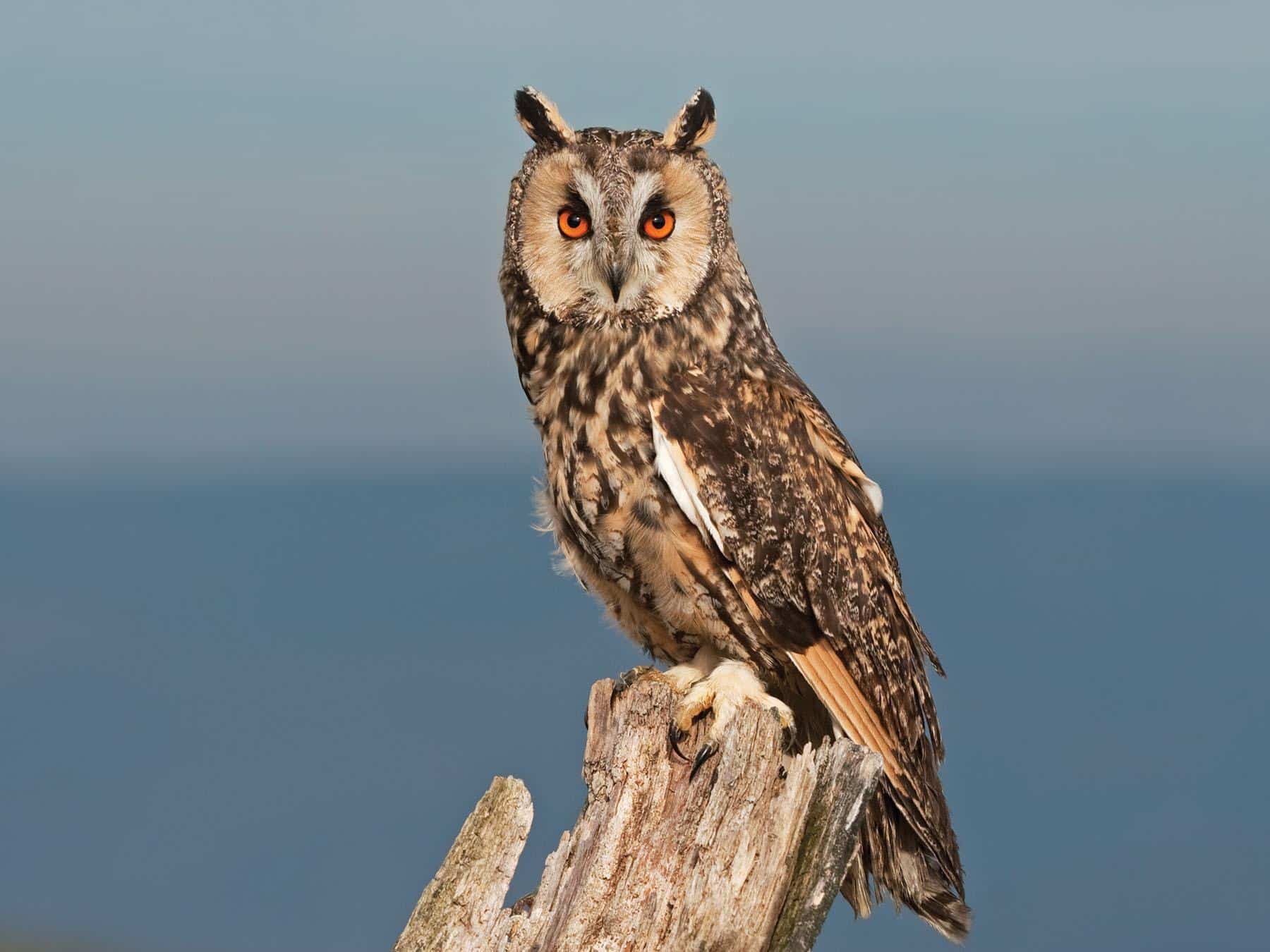
Owls are nocturnal birds of prey, famous for their ability to rotate their heads up to 270 degrees. They are silent hunters with specialized feathers that reduce flight noise.
- Region of Habitat: Worldwide, except for Antarctica
- Scientific Name: Strigidae (family)
- Feeding Habits: Mainly carnivorous, preying on small mammals, birds, and insects
- What Sound They Make: Most owls produce a hooting sound, but some make screeching or hissing noises
Fun Facts
Due to their special wing structure, owls can fly silently. Their soft and velvety feathers help them capture prey without being heard.
Owls also have an extraordinary ability to hunt in complete darkness using their keen sense of hearing.
3. Oystercatcher
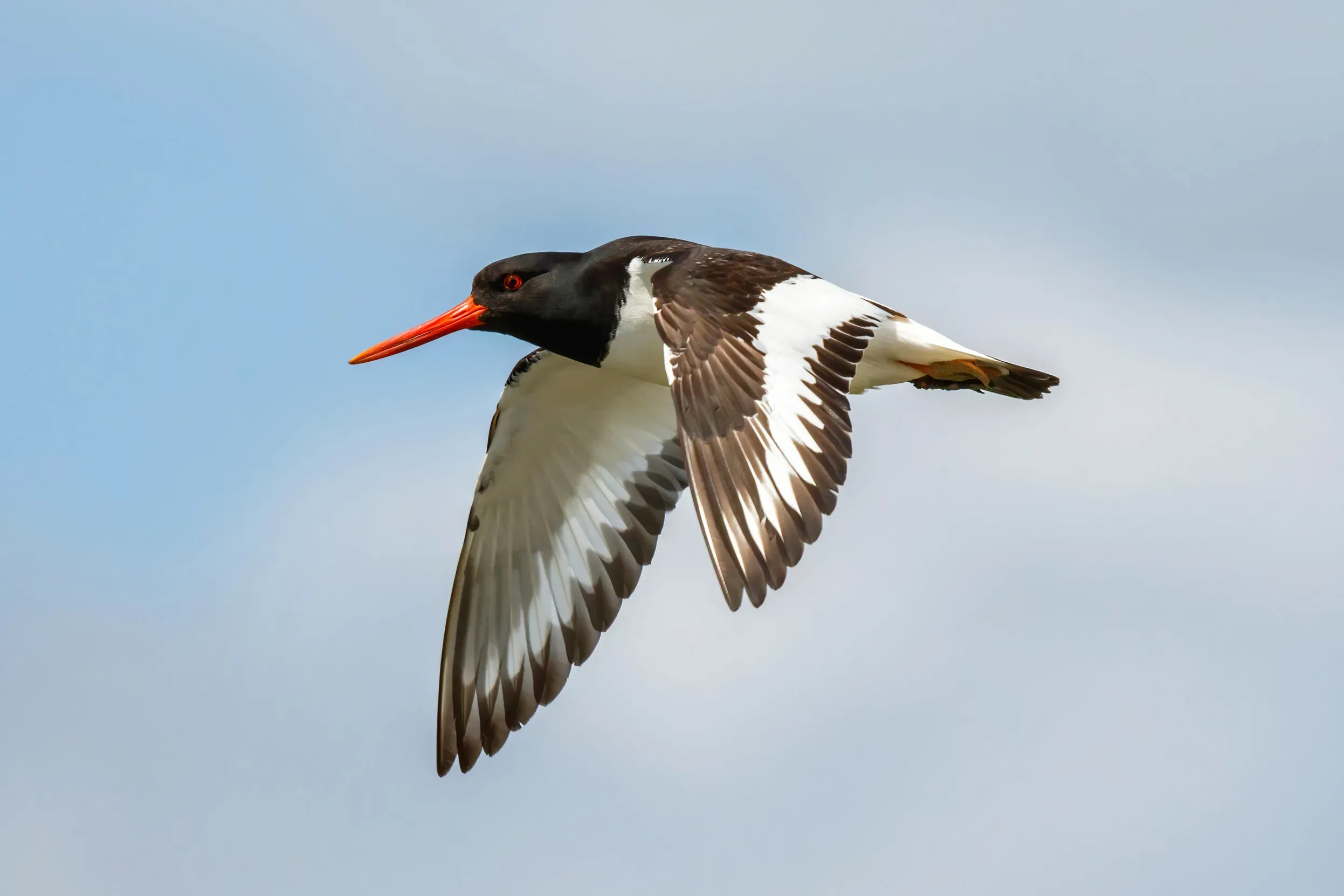
The Oystercatcher is a coastal bird known for its long, bright orange beak, which it uses to pry open shellfish. It is commonly found along shorelines.
- Region of Habitat: Coastal regions of Europe, North America, and New Zealand
- Scientific Name: Haematopus ostralegus
- Feeding Habits: Feeds mainly on mollusks, especially oysters and clams
- What Sound They Make: Harsh piping or whistling calls
Fun Facts
Oystercatchers have strong, sharp beaks that allow them to break open shellfish, an impressive adaptation for a diet based on bivalves. Their nests are typically built on the ground in sandy or pebbly coastal areas.
4. Ostrich
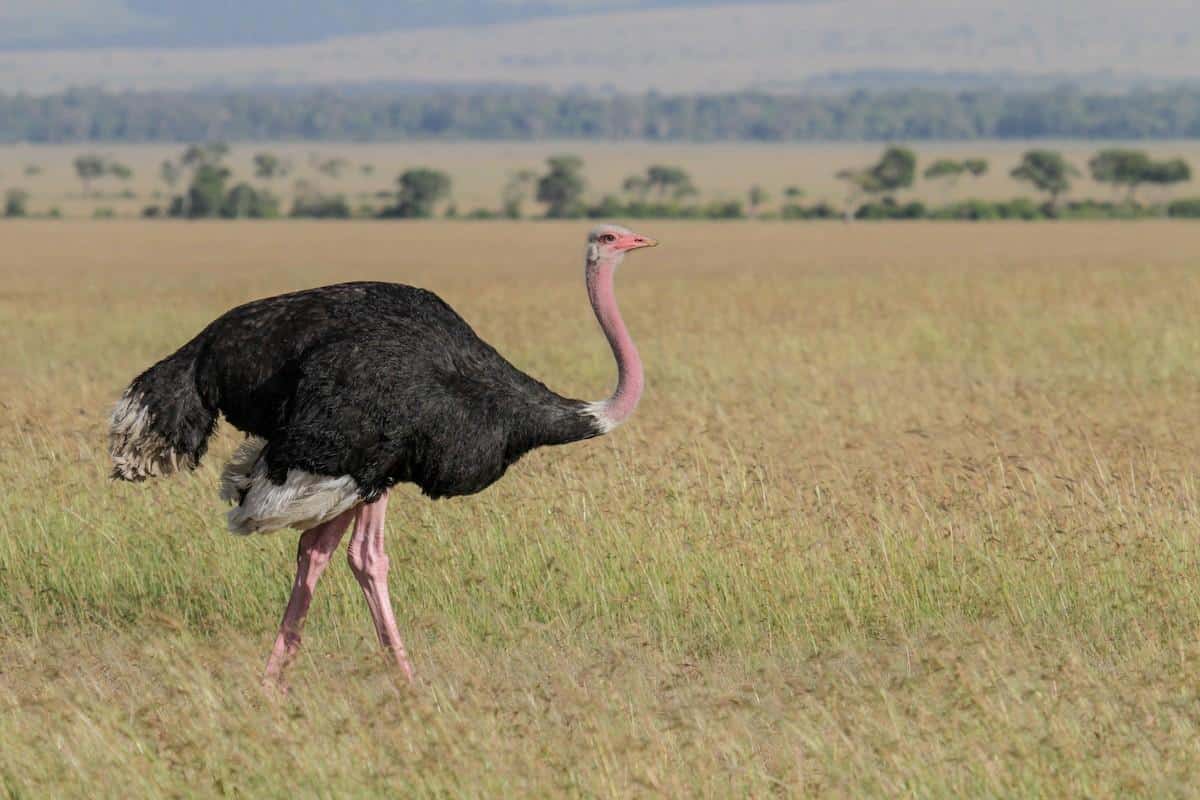
Ostriches are large, flightless birds native to Africa. They are known for their long legs and necks. They are the largest living bird species.
- Region of Habitat: Sub-Saharan Africa, Arabian Peninsula
- Scientific Name: Struthio camelus
- Feeding Habits: Omnivorous, feeding on plants, seeds, and small insects
- What Sound They Make: A booming, low-frequency call
Fun Facts
Despite their size, ostriches are incredibly fast runners, capable of reaching speeds up to 70 km/h (43 mph), making them the fastest birds on land. They are also capable of kicking with great force to defend themselves.
5. Orange-crowned Warbler
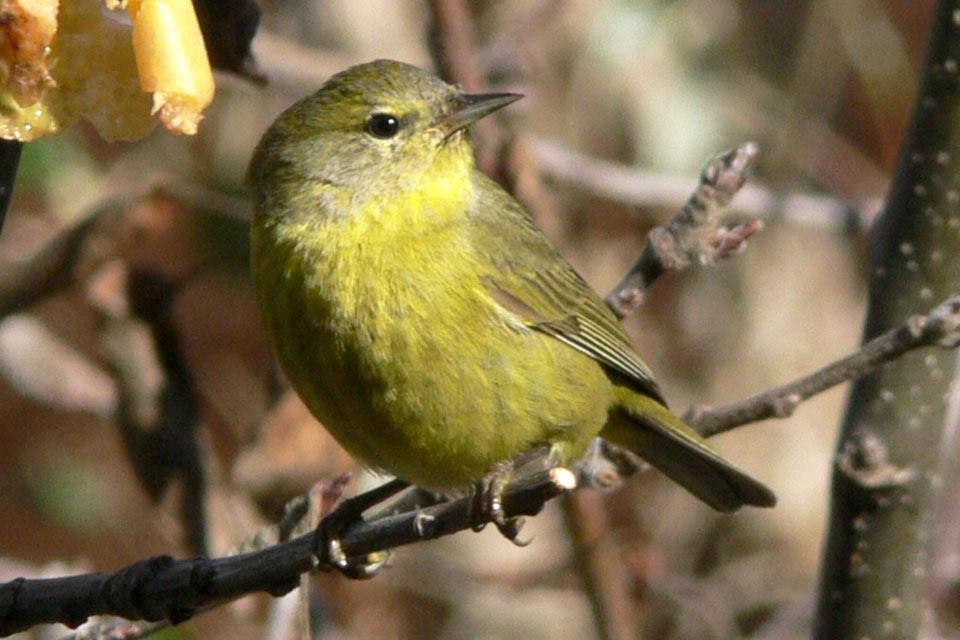
The Orange-crowned Warbler is a small songbird found in North America. It is known for its elusive behavior and the faint orange crown, which is often hidden.
- Region of Habitat: North America, including the United States and Canada
- Scientific Name: Leiothlypis celata
- Feeding Habits: Feeds on insects and spiders, particularly during the breeding season
- What Sound They Make: High-pitched, melodic songs
Fun Facts
Though small, the Orange-crowned Warbler is highly migratory, traveling long distances between breeding and wintering grounds. It can often be found in dense vegetation, where it is not easy to spot.
6. Oriental Magpie-Robin
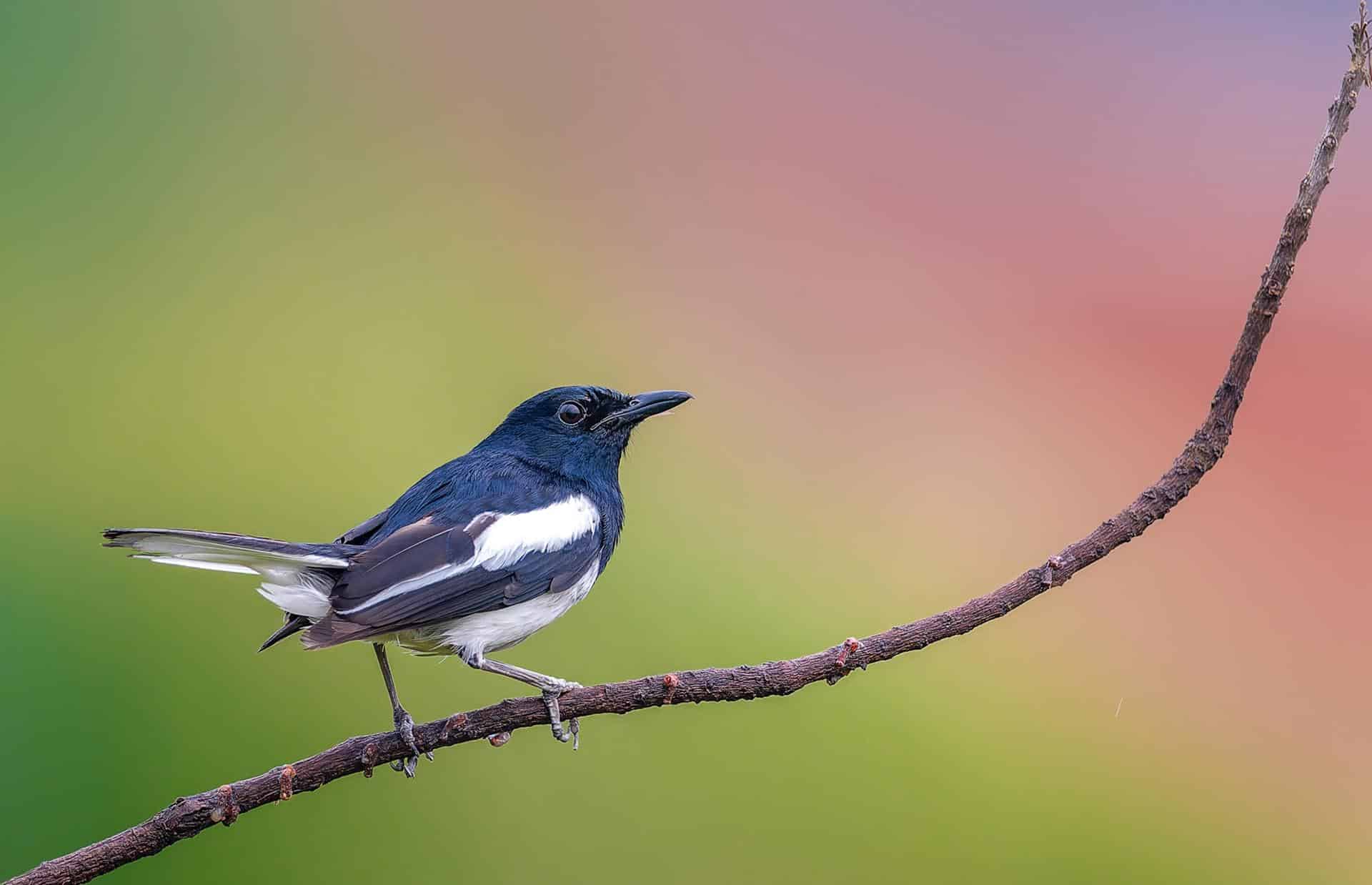
The Oriental Magpie Robin is a small bird found in South and Southeast Asia. It is known for its striking black-and-white plumage and melodious song.
- Region of Habitat: South and Southeast Asia, including India, Nepal, and Sri Lanka
- Scientific Name: Copsychus saularis
- Feeding Habits: Feeds on insects, worms, and fruits
- What Sound They Make: A wide variety of whistles, chirps, and melodic tunes
Fun Facts
Due to its beauty and distinctive song, this bird is often considered the national bird of several countries. It is also one of the most common species in urban areas, often found around human habitation.
7. Oriental Hobby
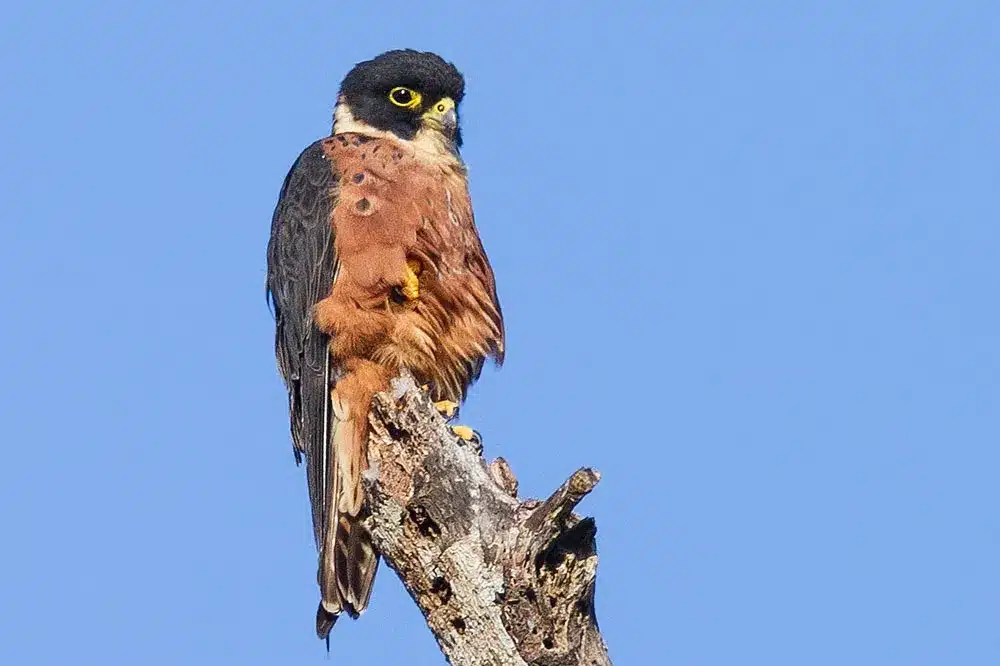
The Oriental Hobby is a small falcon found in Asia. It is known for its speed and skill in the air, making it a skilled hunter of small birds.
- Region of Habitat: Southeast Asia, Eastern Asia, and parts of India
- Scientific Name: Falco severus
- Feeding Habits: Hunts small birds, often catching them mid-flight
- What Sound They Make: Sharp, high-pitched calls
Fun Facts
The Oriental Hobby is one of the fastest birds of prey, capable of reaching speeds close to 200 km/h (124 mph) when chasing prey. It is often seen in open fields or coastal regions, where it hunts from a high perch.
8. Oilbird
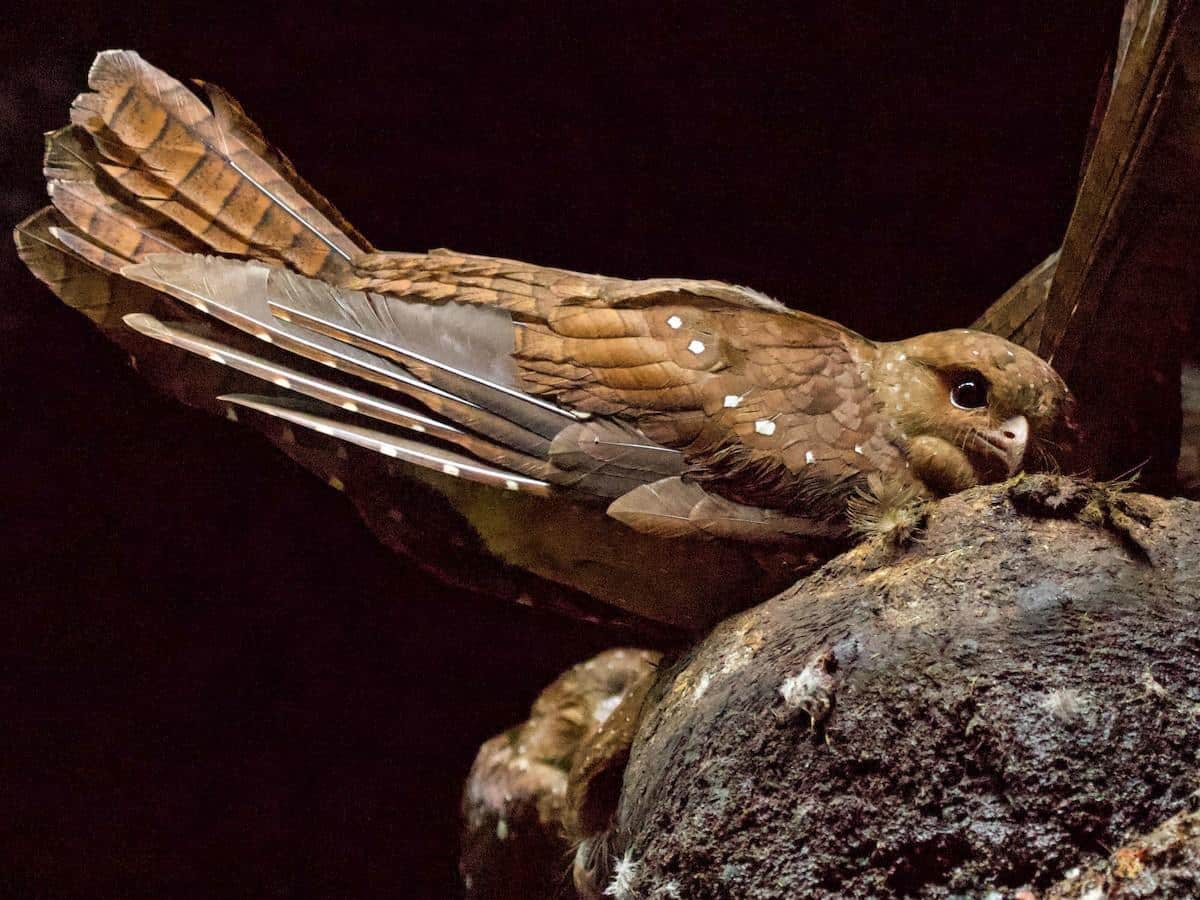
The Oilbird is a nocturnal bird found in South America. It is known for its unique diet of fruit and its ability to navigate in the dark using echolocation.
- Region of Habitat: Northern South America, especially in caves
- Scientific Name: Steatornis caripensis
- Feeding Habits: Feeds on fruits, especially oil-rich fruits like palm nuts
- What Sound They Make: A series of high-pitched calls or clicks
Fun Facts
Oilbirds are one of the few birds known to use echolocation, much like bats, to navigate through dark caves at night. They roost in large colonies, creating an eerie atmosphere in the caves.
9. Orchard Oriole
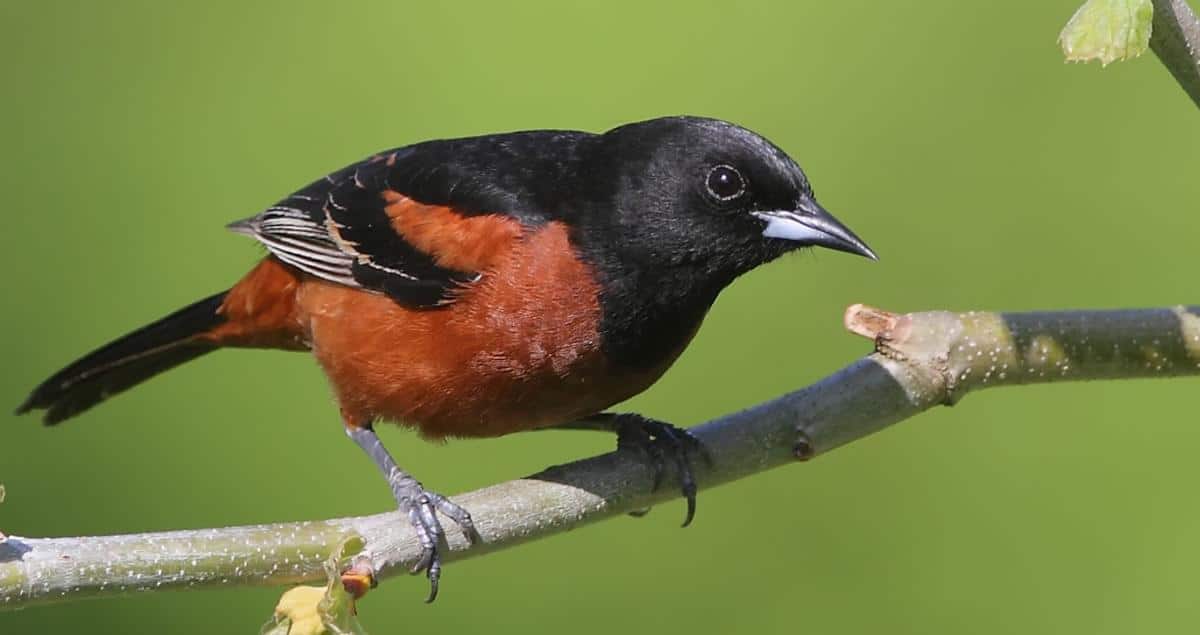
The Orchard Oriole is a small songbird found in North and Central America. It is known for its striking yellow and black plumage and its sweet songs.
- Region of Habitat: North America, from the United States to Central America
- Scientific Name: Icterus spurius
- Feeding Habits: Feeds on insects, fruits, and nectar
- What Sound They Make: Melodic, warbling song
Fun Facts
The Orchard Oriole is one of the smallest species of oriole, but it still impresses with its beautiful, vibrant plumage. It is often found in orchards and wooded areas, where it nests in tall trees.
10. Oriental Reed Warbler
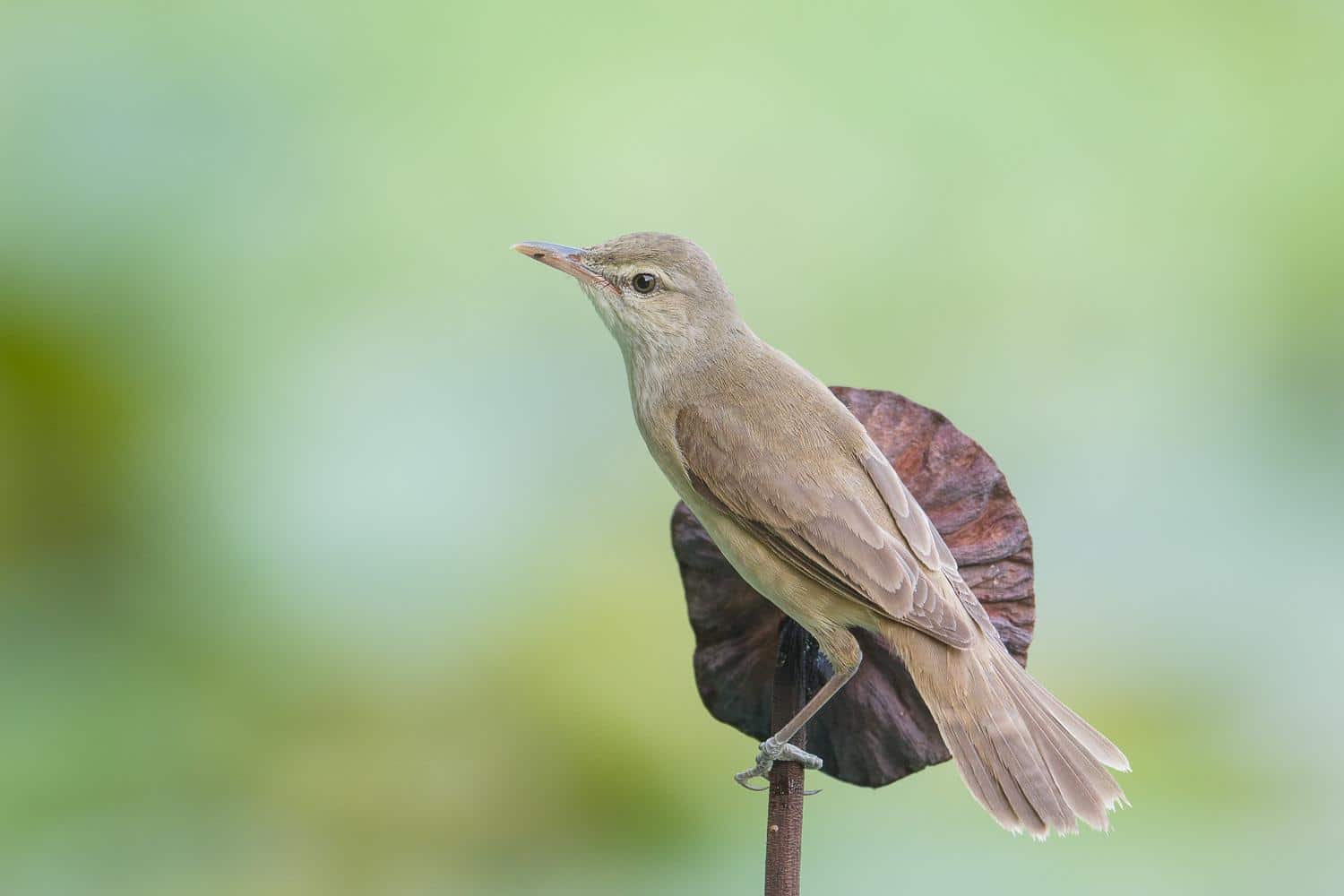
The Oriental Reed Warbler is a small, elusive bird found in marshes and wetlands. It is known for its secretive nature and intricate songs.
- Region of Habitat: Eastern Europe, Asia, and parts of the Middle East
- Scientific Name: Acrocephalus orientalis
- Feeding Habits: Feeds on insects, spiders, and small aquatic creatures
- What Sound They Make: Loud, repetitive warbling calls
Fun Facts
This warbler is often difficult to spot due to its secretive behavior. It prefers to remain hidden in dense reeds and grasses. It is known for its distinctive, complex song, which is often heard before it is seen.
11. Oberholser’s Fruit Dove
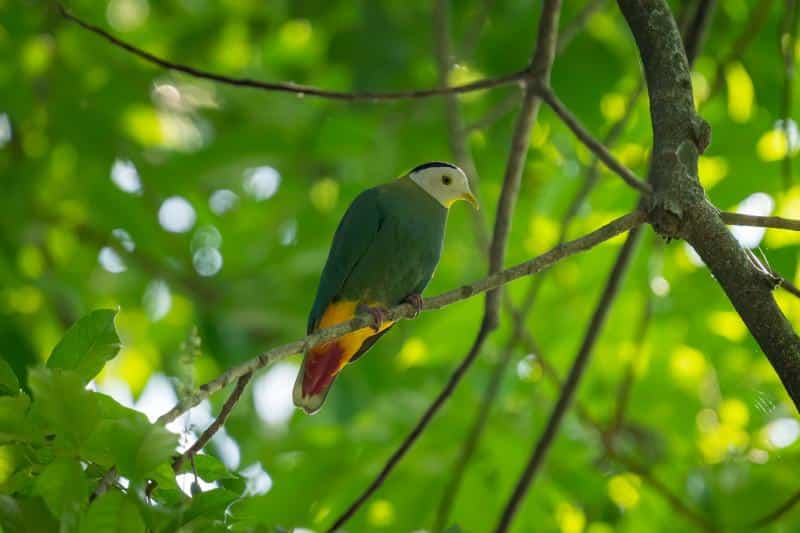
Oberholser’s Fruit Dove is a colorful, medium-sized dove found in the rainforests of the Philippines. It is named after the ornithologist who first described it.
- Region of Habitat: Philippines, specifically Mindanao
- Scientific Name: Ptilinopus oberholseri
- Feeding Habits: Primarily feeds on fruit, especially berries and figs
- What Sound They Make: Soft cooing calls
Fun Facts
This dove’s bright plumage and elusive nature make it a rare sight, even within its native rainforest habitat. It is one of the lesser-known species of doves, contributing to its enigmatic charm.
12. Orange-backed Woodpecker
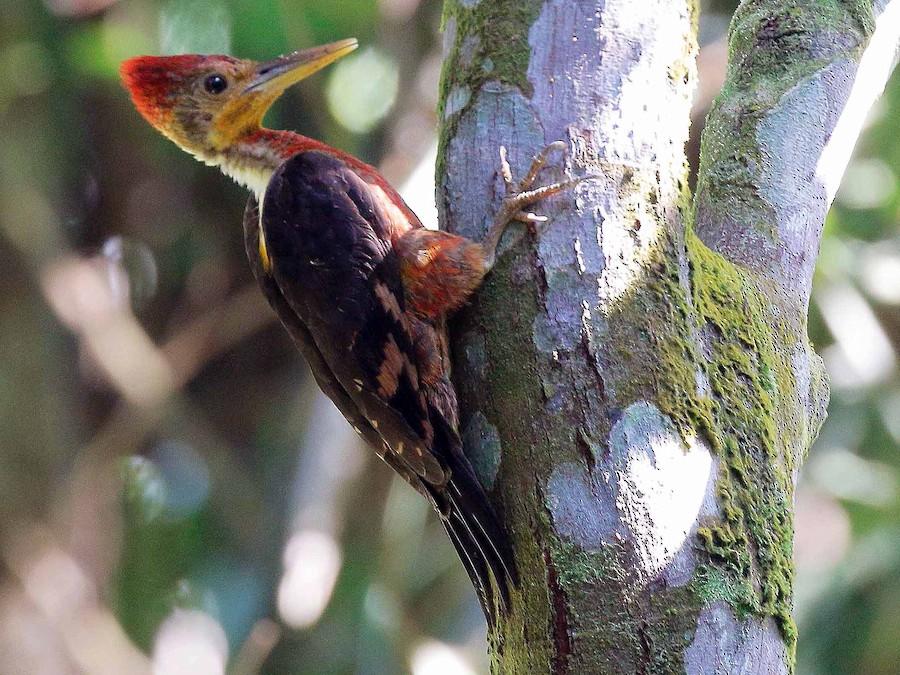
The Orange-backed Woodpecker is a vibrant woodpecker species found in Southeast Asia. It is recognized by its striking orange back and black-and-white wings.
- Region of Habitat: Southeast Asia, including Thailand and Malaysia
- Scientific Name: Reinwardtipicus validus
- Feeding Habits: Feeds on insects, especially beetles and ants found in tree bark
- What Sound They Make: A sharp, drumming sound followed by a few harsh calls
Fun Facts
This woodpecker is an excellent tree climber. It uses its strong beak to break open tree bark and access hidden insects. Pairs of woodpeckers are often seen foraging in the treetops of tropical forests.
13. Olive-headed Greenbul
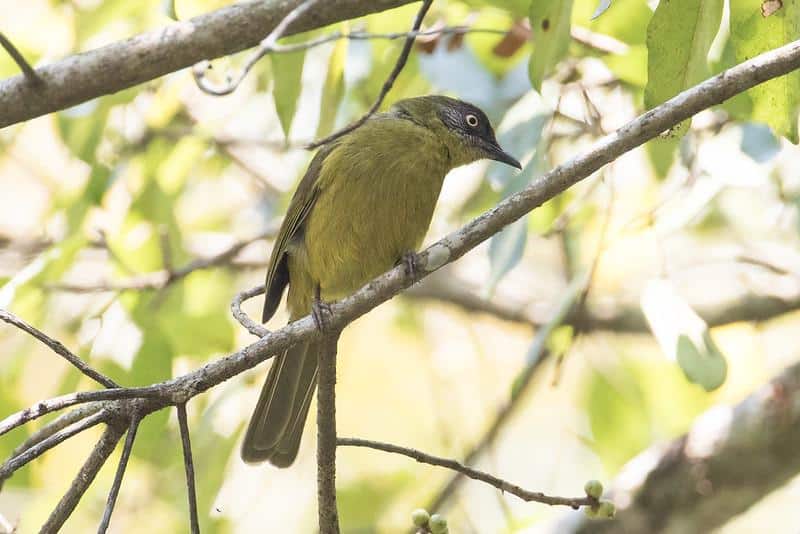
The Olive-headed Greenbul is a medium-sized bird found in the forests of Africa. It is known for its olive-colored head and greenish body.
- Region of Habitat: West and Central Africa, particularly in dense forests
- Scientific Name: Arizelocichla olivacea
- Feeding Habits: Feeds on fruit, seeds, and insects
- What Sound They Make: A variety of soft, melodious whistles
Fun Facts
This greenbul is often heard before being seen, as its sweet song can echo through the dense forests it inhabits. It is usually associated with mixed-species foraging flocks.
14. Olive-crowned Yellowthroat
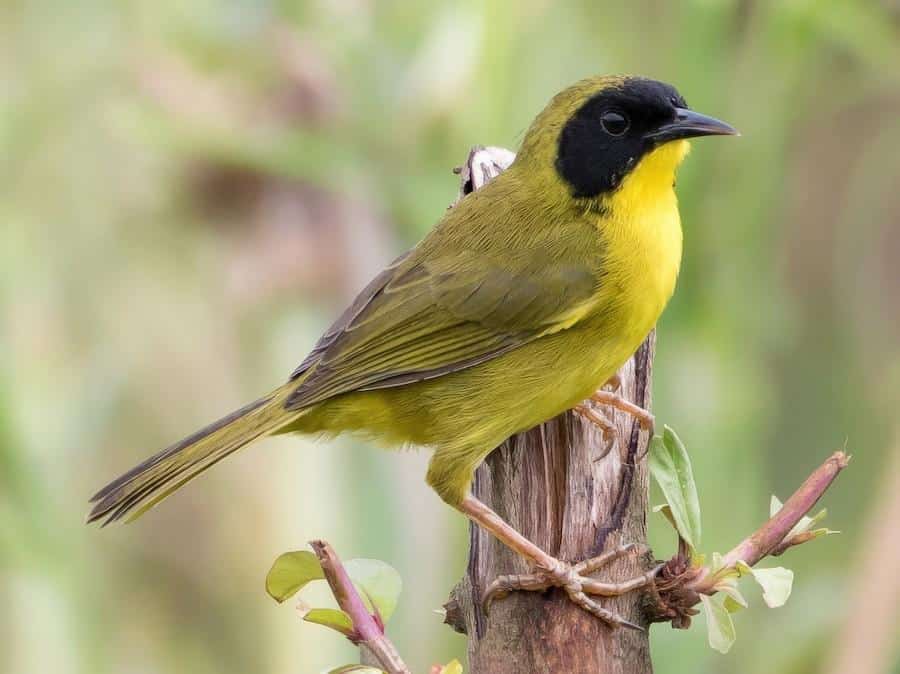
The Olive-crowned Yellowthroat is a small, colorful warbler found in North and Central America. It is easily recognizable by its olive-colored crown and yellow throat.
- Region of Habitat: North America, especially in marshes and wetlands
- Scientific Name: Geothlypis tolmiei
- Feeding Habits: Feeds on insects, particularly mosquitoes and flies
- What Sound They Make: A distinctive, sharp “witchity-witchity” call
Fun Facts
The Olive-crowned Yellowthroat’s bold and vibrant colors make it a standout among other marsh-dwelling birds. It often nests in dense vegetation, where its bright plumage contrasts with the surroundings.
15. Olive-throated Parakeet
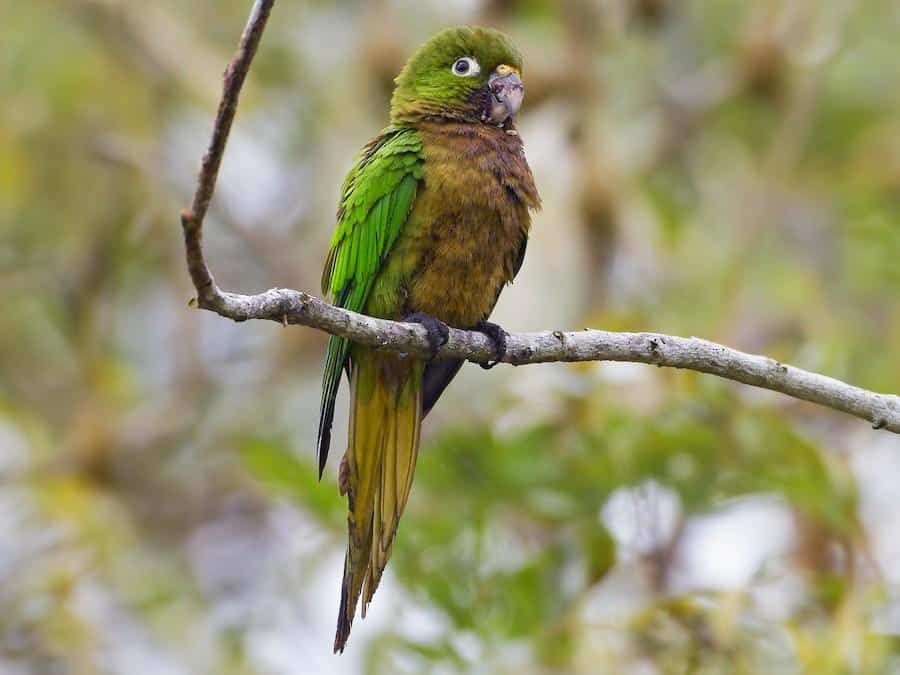
The Olive-throated Parakeet is a medium-sized parrot found in Central America. It is known for its bright green plumage and olive-colored throat.
- Region of Habitat: Central America, including Mexico and Guatemala
- Scientific Name: Eupsittula nana
- Feeding Habits: Feeds on seeds, fruits, and flowers
- What Sound They Make: High-pitched squawks and whistles
Fun Facts
This parakeet is highly social, often found in large flocks and engaging in playful, energetic behavior. Its bold and inquisitive nature usually leads it to interact with humans.
More Birds that Start with “O”
16. Oʻahu ʻamakihi
17. Okarito Kiwi
18. Obi Paradise-crow
19. Orange-fronted Parakeet
20. Okinawa Rail
21. Olivaceous Elaenia
22. Olive Tufted Flycatcher
23. Oʻahu ʻalauahio
24. Orange-collared Manakin
25. Ocelated Antbird
26. Opal-crowned Manakin
27. Olrog’s Gull
28. Obscure Honeyeater
29. Olivaceous Piha
30. Obscure Berrypecker
31. Ocelated Crake
32. Olive-backed Sunbird
33. Orange-winged Amazon
34. Olive-capped Flowerpecker
35. Opalton Grasswren
36. Olrog’s Cinclodes
37. Okinawa Woodpecker
38. Olive-backed Euphonia
39. Ocelated Piculet
40. Obbia Lark
41. Olive Sunbird
42. Ocelated Quail
43. Ocarina Hummingbird
44. Olivaceous Thornbill
45. Ocellated Woodcreeper
46. Olive-headed Weaver
47. Olive Ibis
48. Olivaceous Siskin
49. Ocelated Tapaculo
50. Olive Green Tanager
51. Olive Tree Warbler
52. Olive Spinetail
53. Olive-backed Oriole
54. Orange-eyed Flatbill
55. Ocelated Poorwill
56. Olivaceous Greenlet
57. Olive-breasted Greenbul
58. Olivaceous Flycatcher
59. Orange-cheeked Parrot
60. Olive-backed Tanager
61. Olive Whistler
62. Olive-headed Lorikeet
63. Olive-flanked Tapaculo
64. Ostler’s Petrel
65. Orange-billed Lorikeet
66. Olive-crowned Crescentchest
67. Ocelated Thrasher
68. Ocelated Turkey
69. Olive-bellied Sunbird
70. Ocelated Woodcreeper
71. Olive-crowned Flowerpecker
72. Olive Woodpecker
73. Orange-backed Troupial
74. Olivaceous Bulbul
75. Olive-brown Oriole
76. Olive-capped Warbler
77. Olive Woodcreeper
78. Olive-backed Foliage-gleaner
79. Olivaceous Flatbill
80. Olive-breasted Foliage-gleaner
81. Olive Manakin
82. Oʻahu ʻelepaio
83. Orange-breasted Trogon
84. Ocellated Antbird
85. Olivaceous Woodcreeper
86. Olive-backed Tailorbird
87. Olive-backed Quail-dove
88. Orange-headed Thrush
89. Orange-fronted Barbet
90. Olive-breasted Brushfinch
91. Orange-fronted Fruit Dove
92. Olive Green Camaroptera
93. Orange-spotted Bulbul
94. Ocellated Crake
95. Orange-bellied Antwren
96. Olive Warbler
97. Olive-backed Flowerpecker
98. Orange-fronted Hanging Parrot
99. Orange-breasted Sunbird
100. Ocellated Quail
101. Olive-backed Woodcreeper
The Bottom Line
From the silent hunters to vibrant songsters, birds beginning with “O” represent nature’s remarkable diversity.
The Osprey plunges for fish with pinpoint accuracy, while the Ostrich races across African plains at breathtaking speeds.
The tiny Orange-crowned Warbler brings melodic tunes to North American forests, while the Oilbird navigates dark caves using sounds similar to bats.
Each species has adapted to unique environments, from coastal Oystercatchers with specialized beaks to forest-dwelling Orioles with their striking colors.
These birds showcase nature’s ingenuity through specialized hunting techniques, migration patterns, and distinctive calls.
The world of “O” birds offers a glimpse into avian marvels across continents, from the common to the rare, all playing crucial roles in their ecosystems.
If you’re interested in more informative animal and wildlife content, feel free to click here and explore other blogs that you might enjoy!

